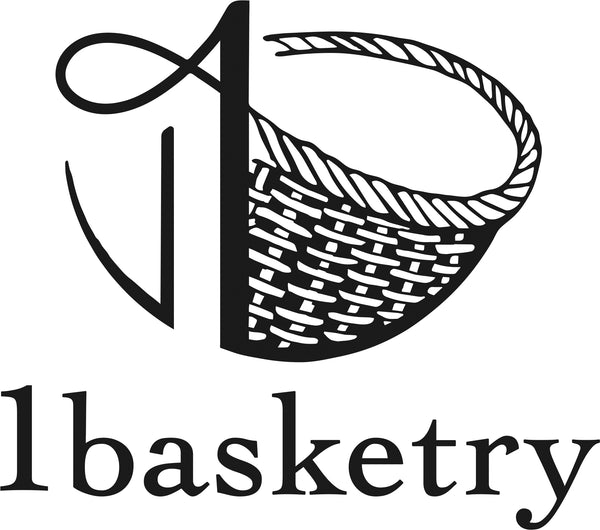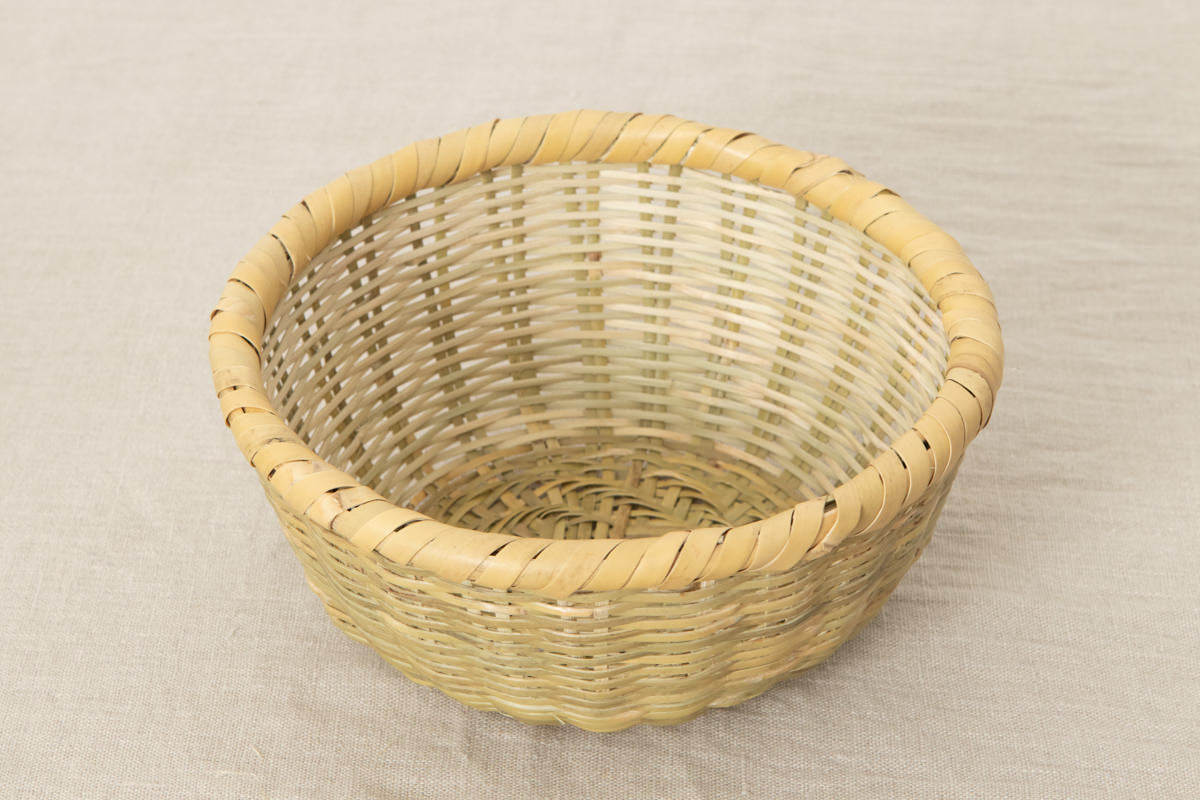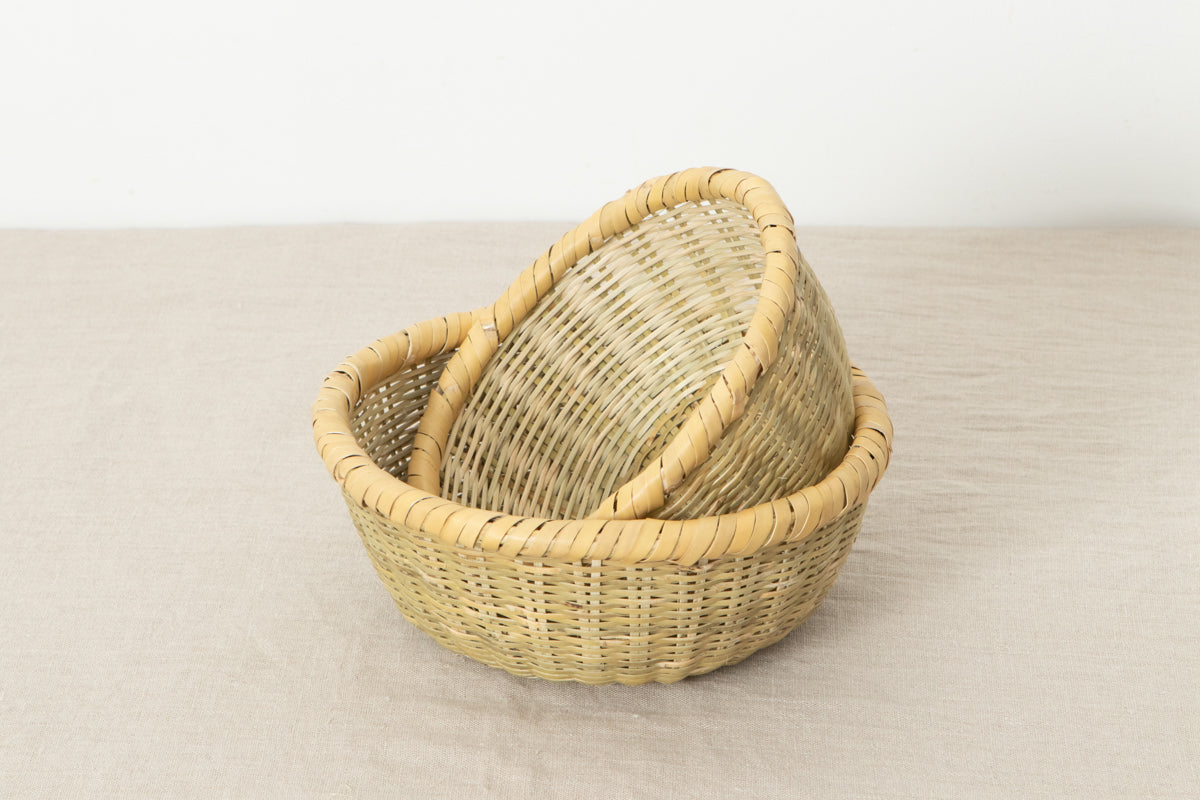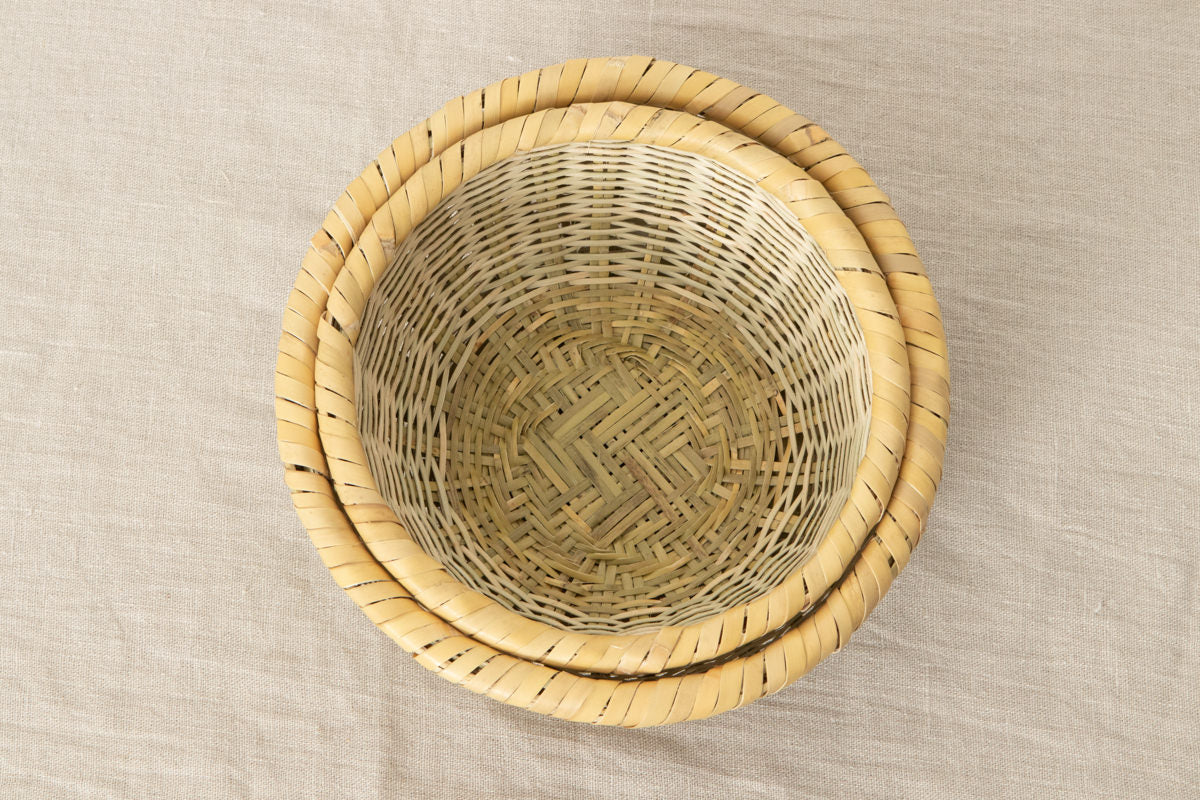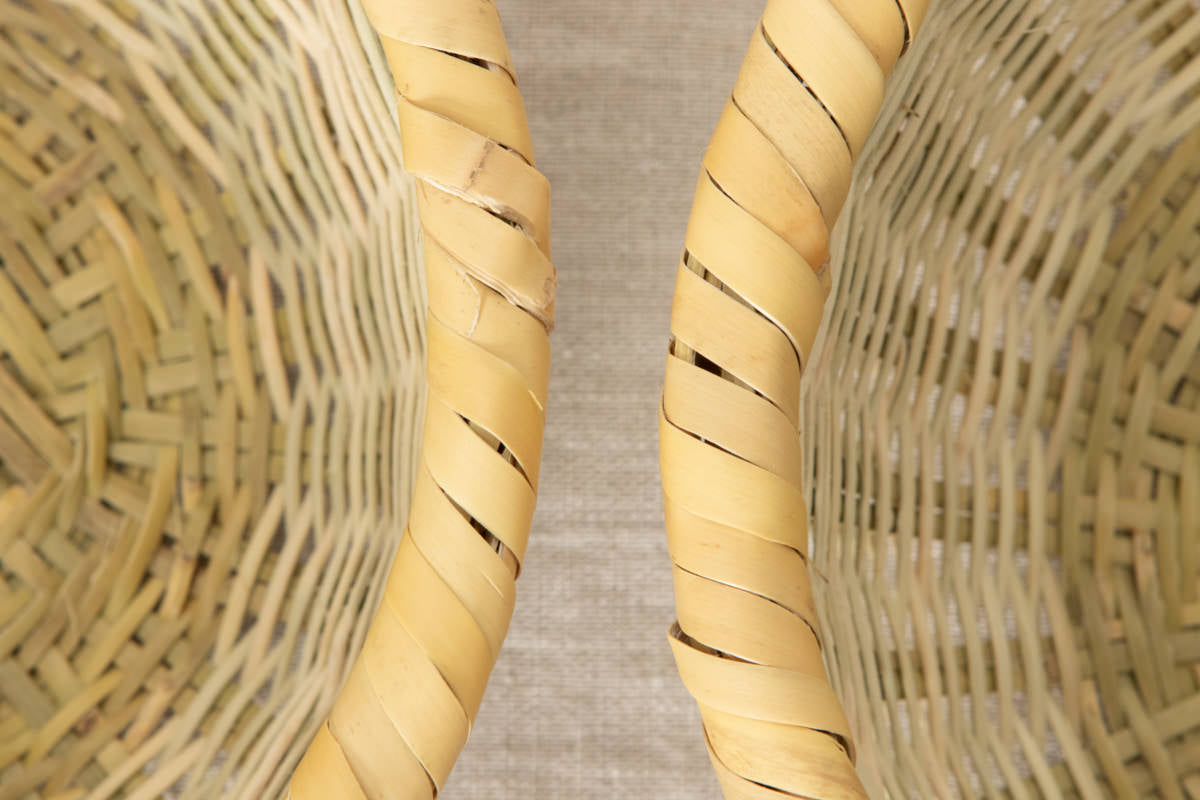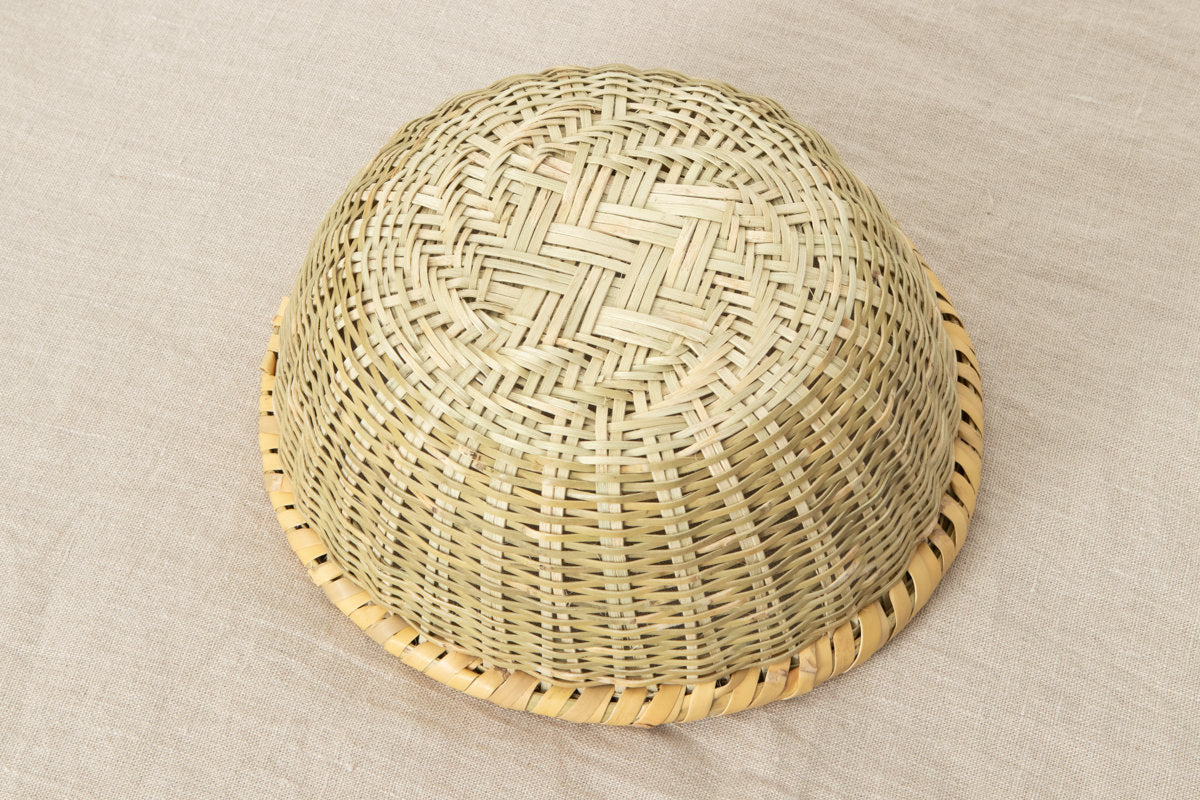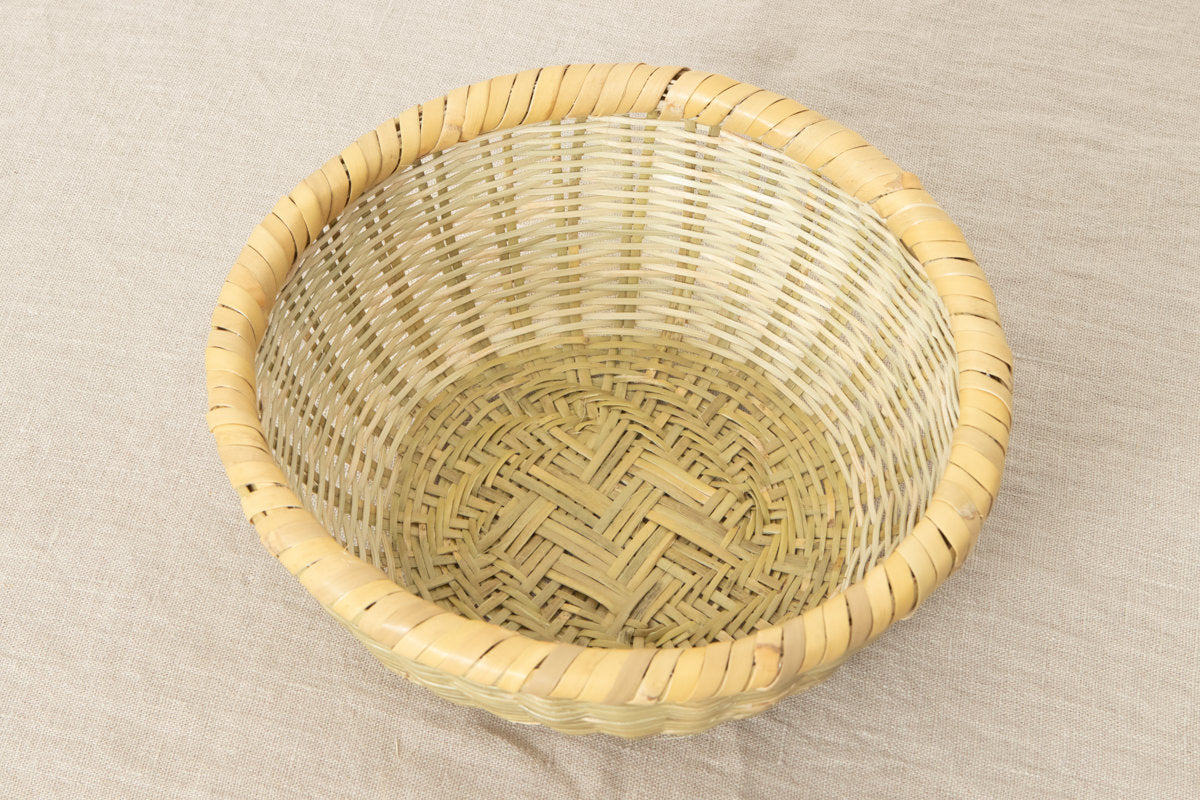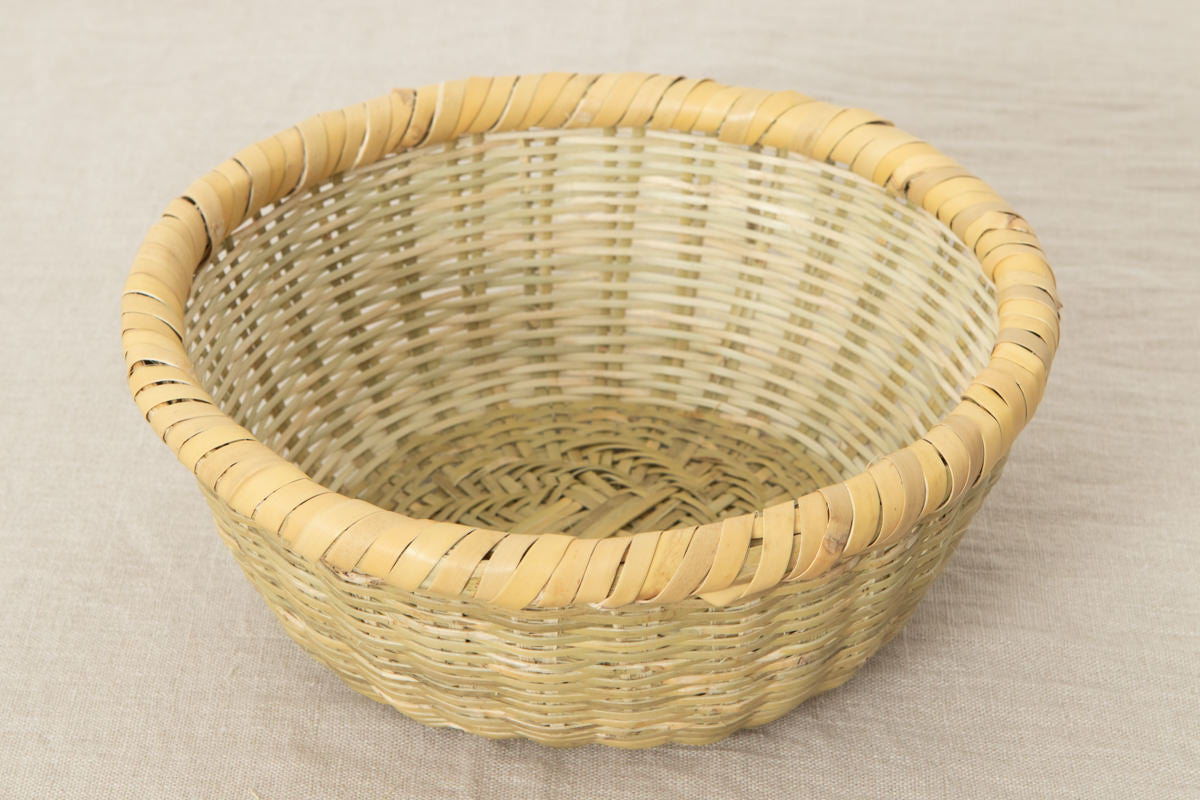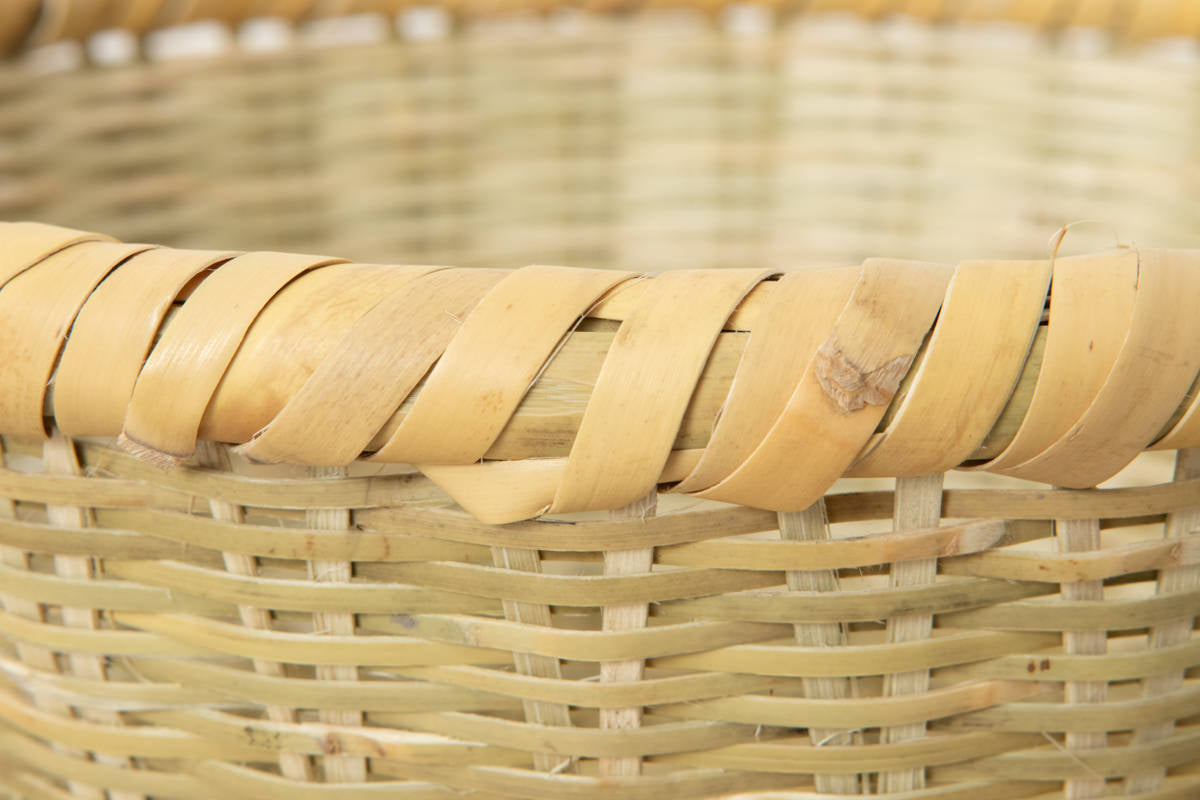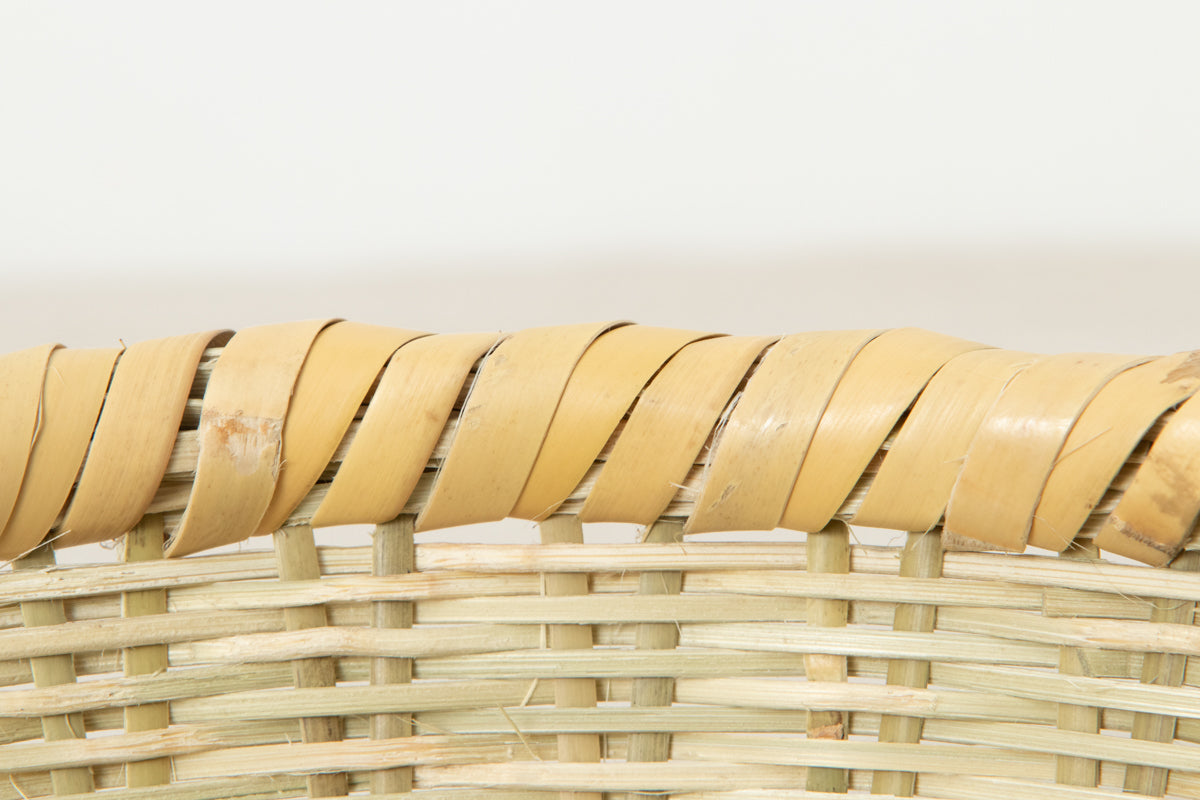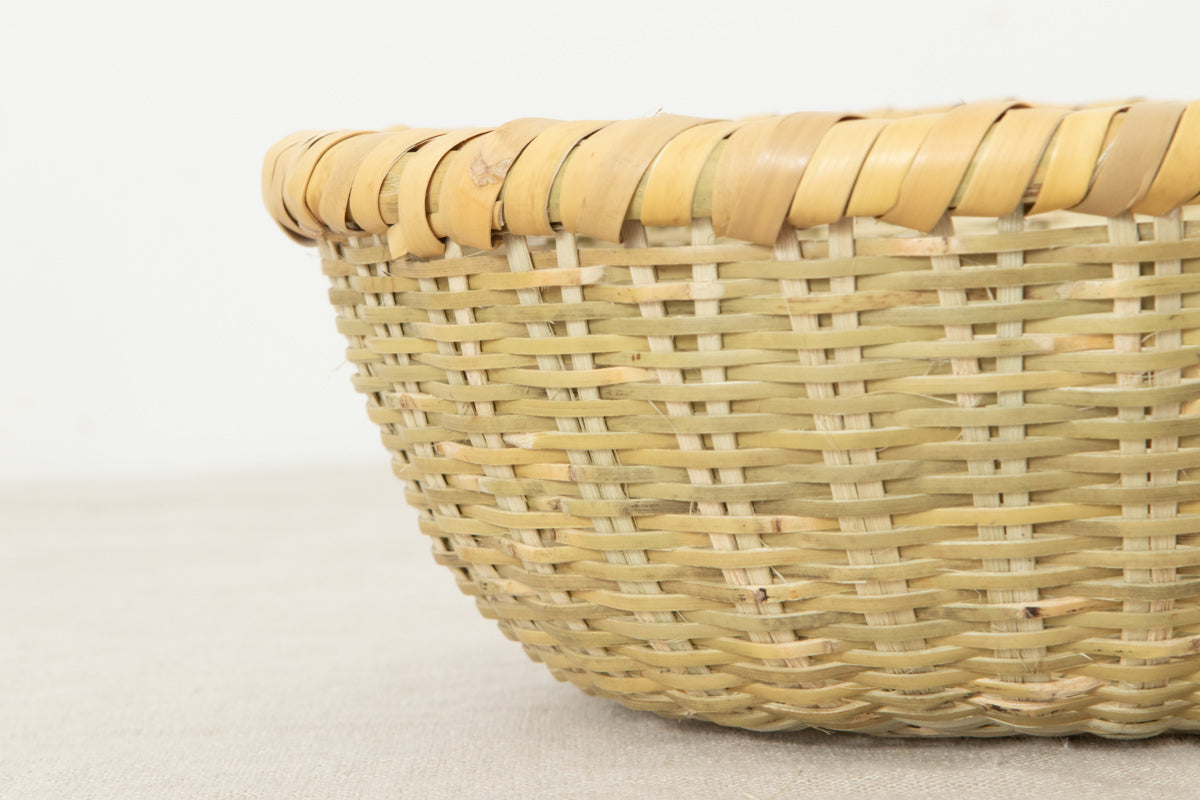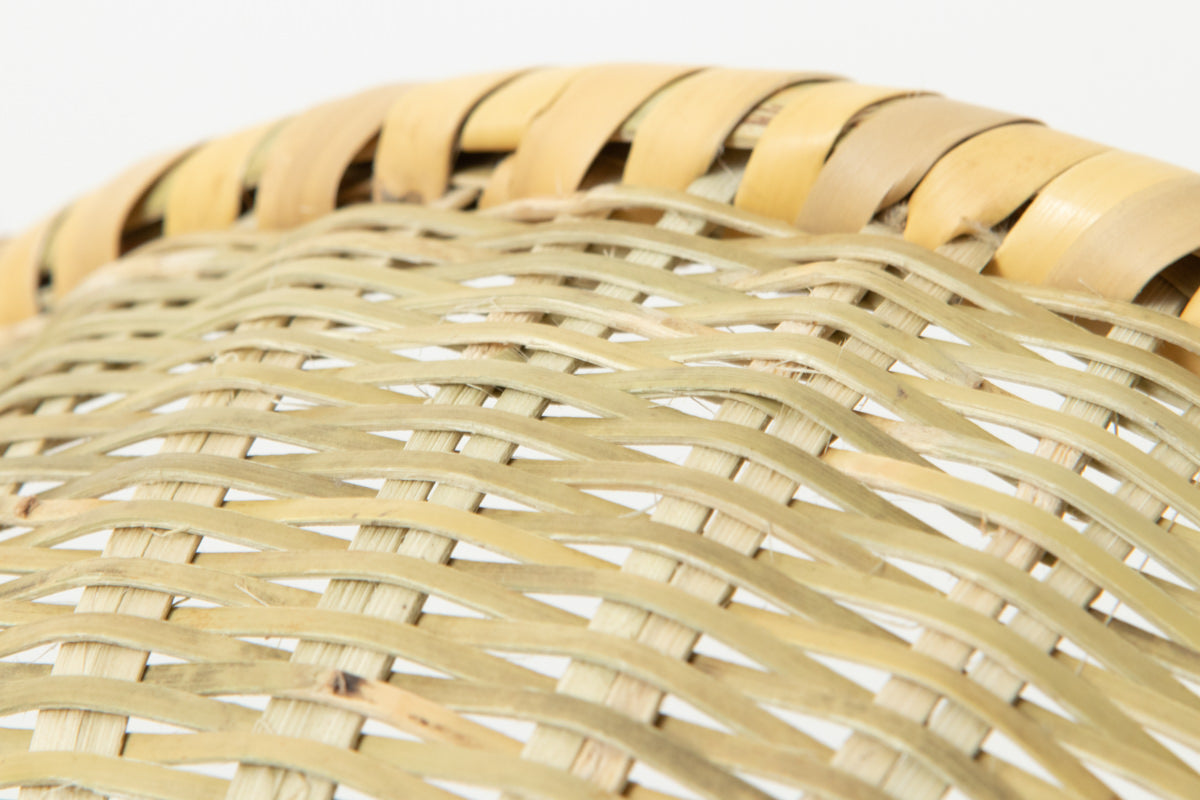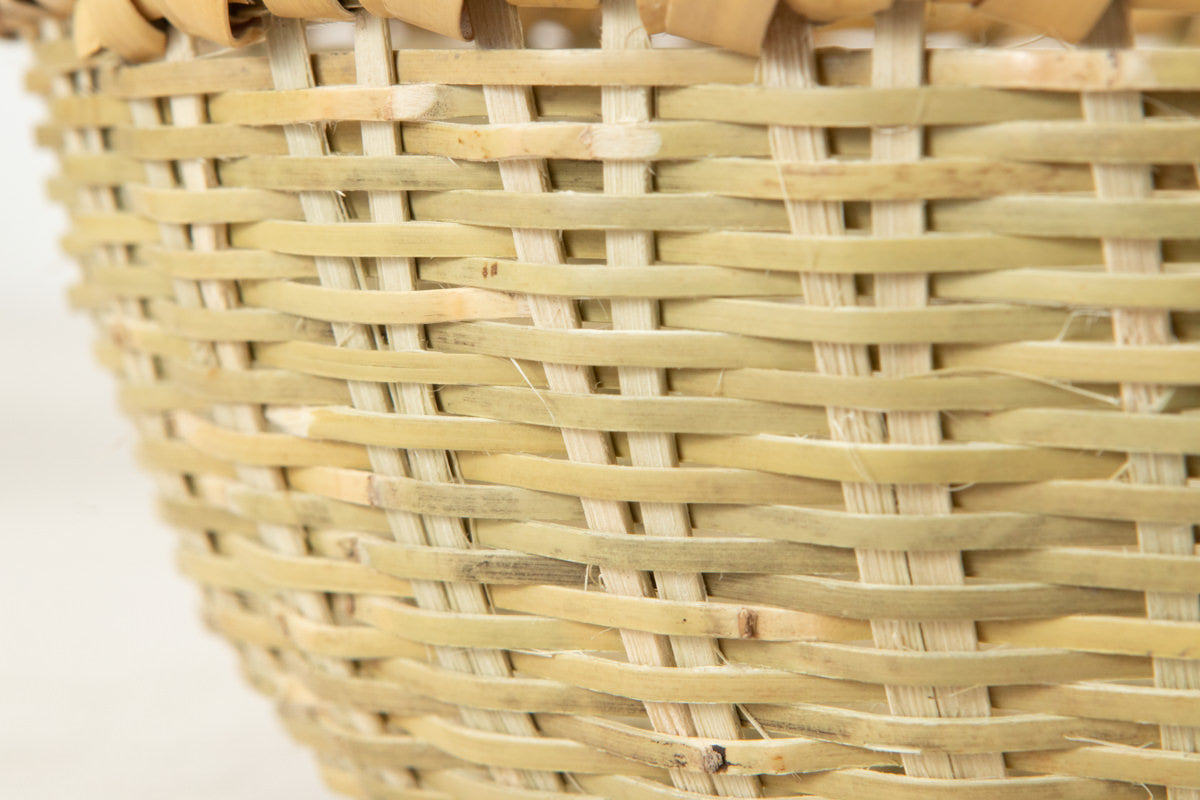Deep Colander / Nemagari Bamboo / Nagano-JPN 610231
Deep Colander / Nemagari Bamboo / Nagano-JPN 610231
Couldn't load pickup availability
- Size / Weight
- Medium: Approx. Ø 8.27″ × H 3.54″ / 3.88 oz
Large: Approx. Ø 9.84″ × H 3.54″ / 5.29 oz
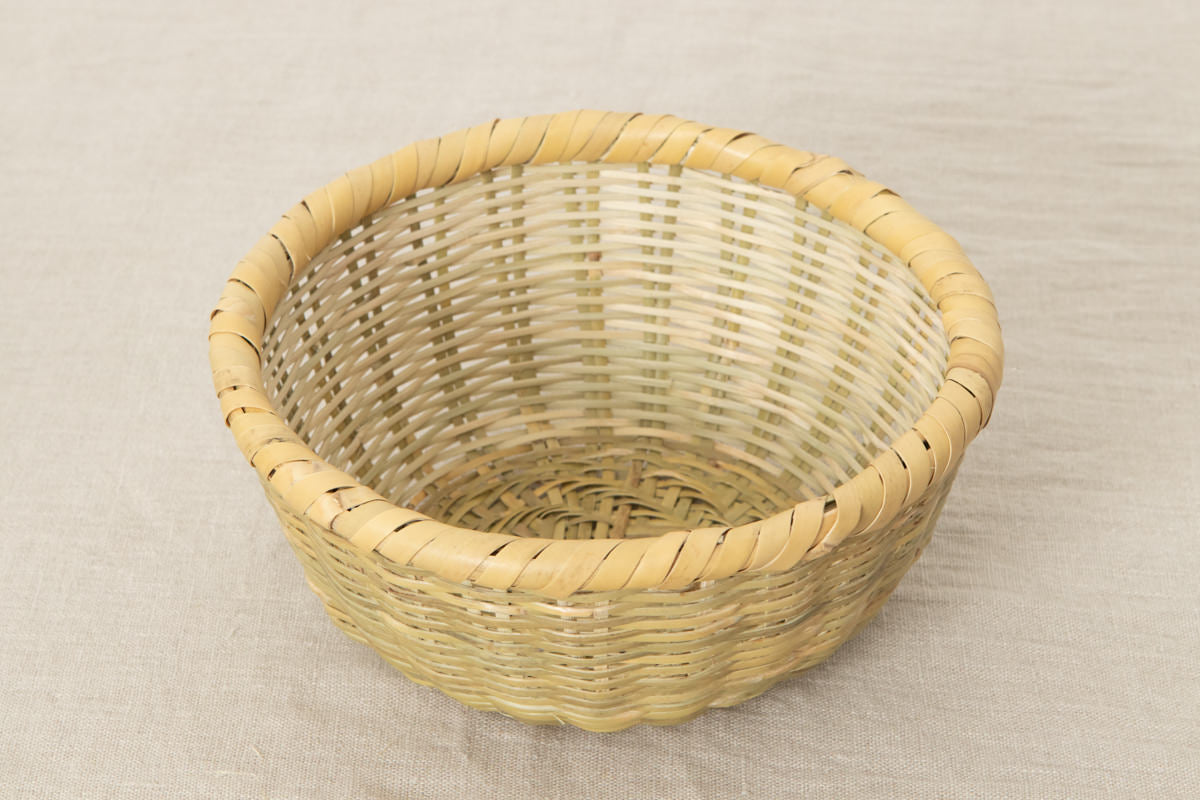
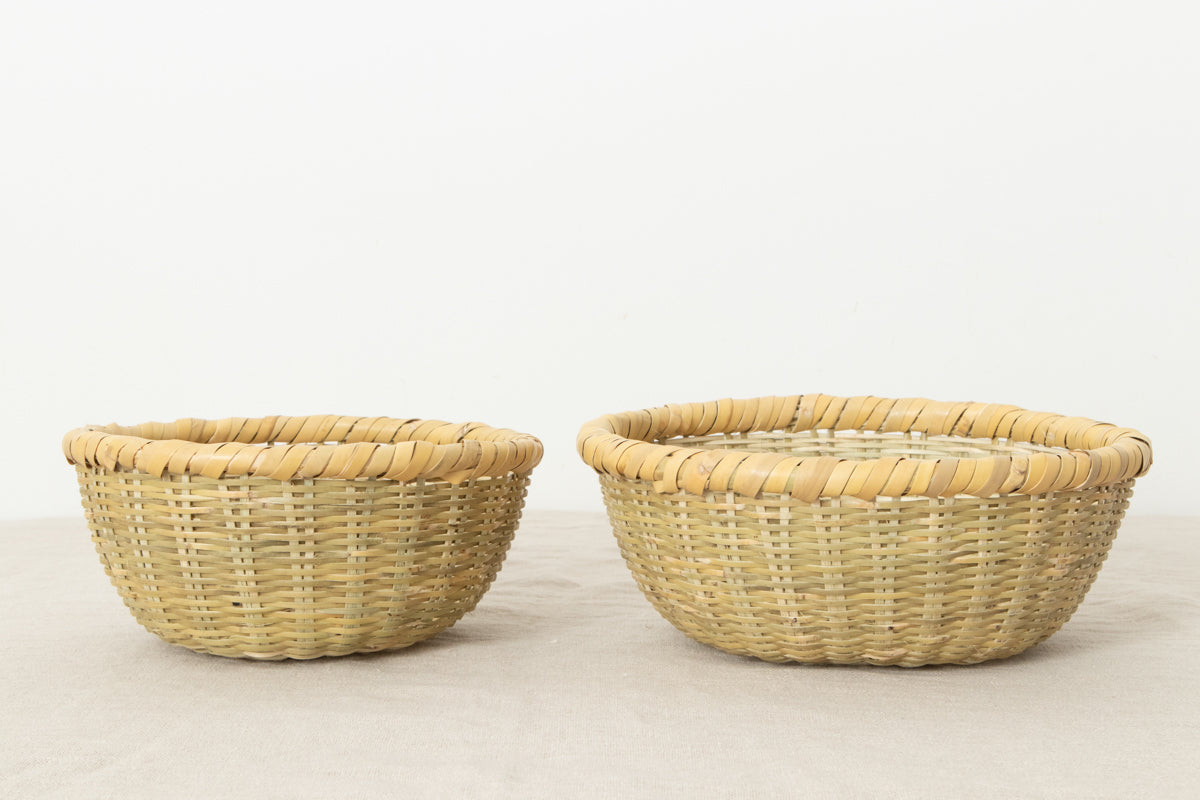
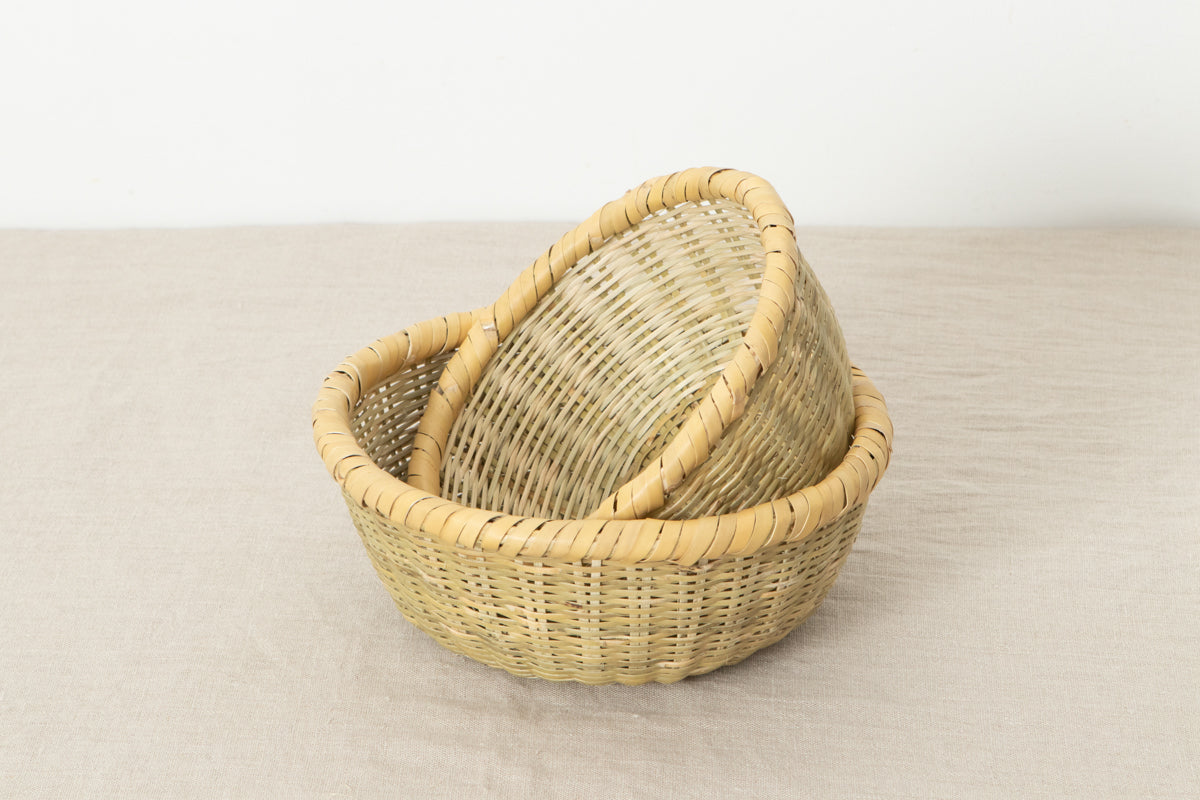
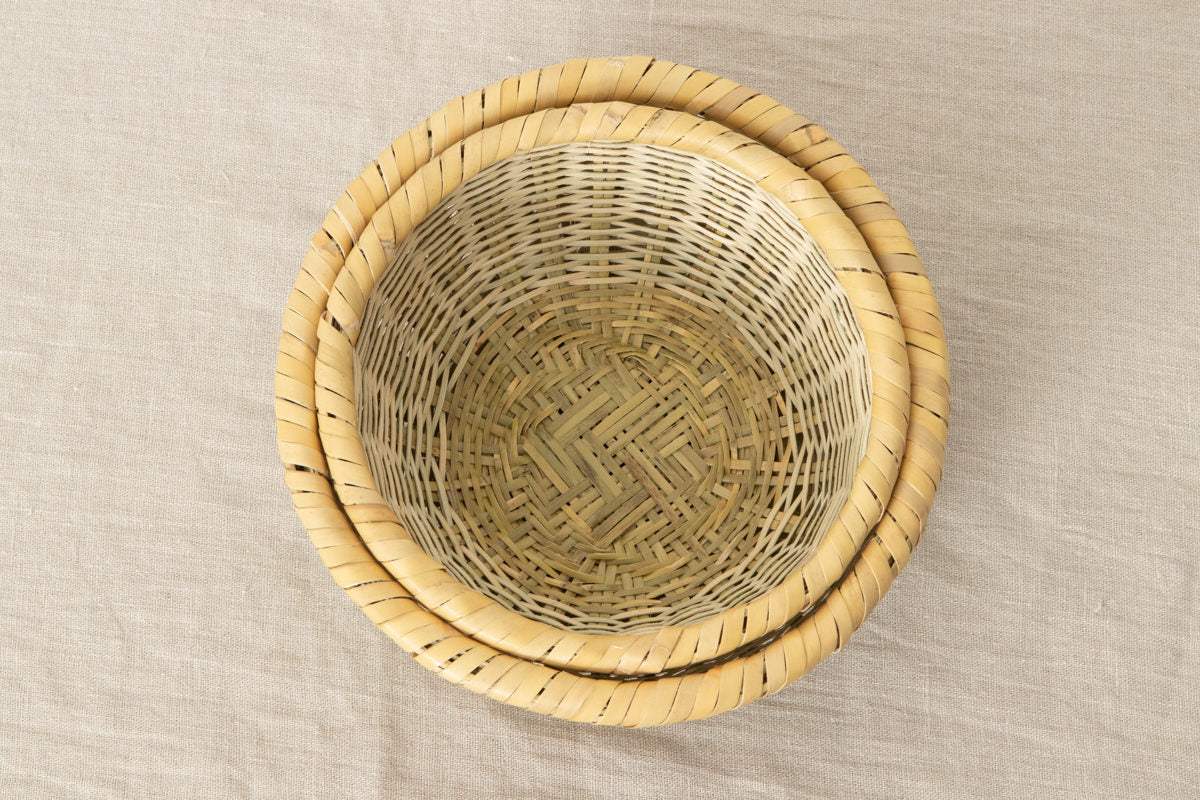
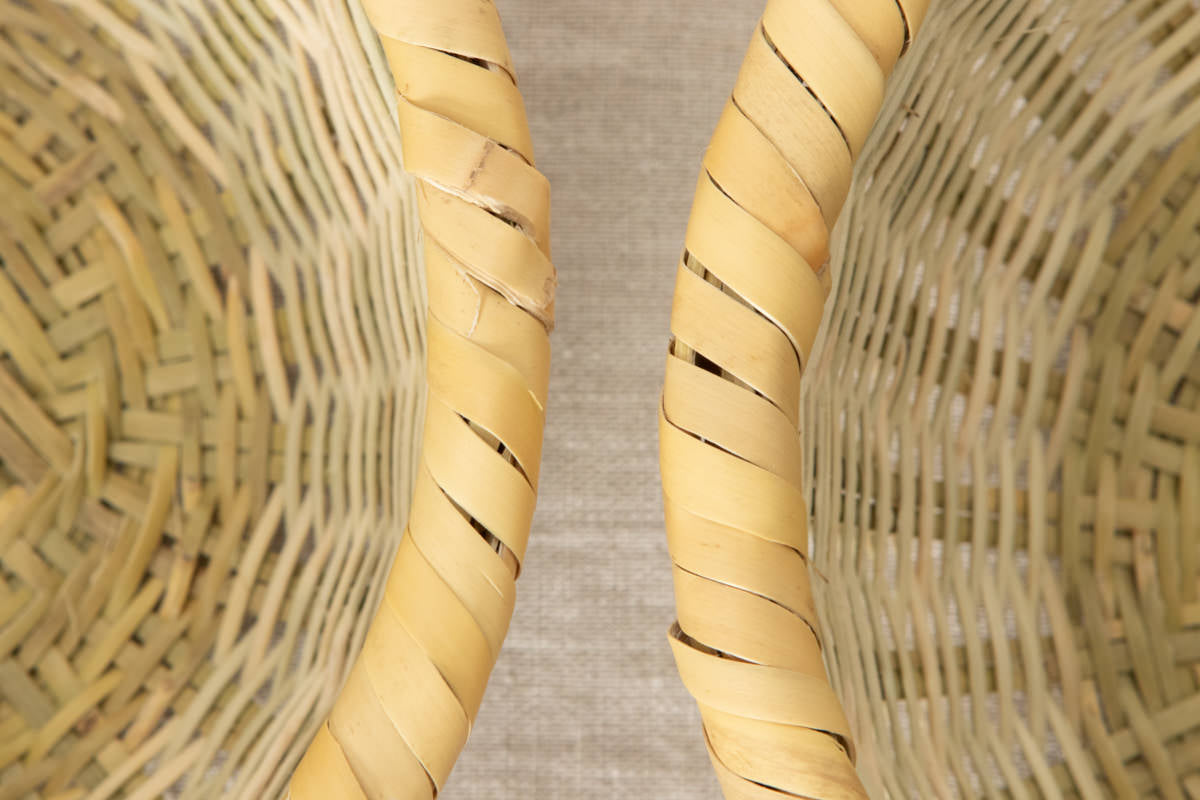
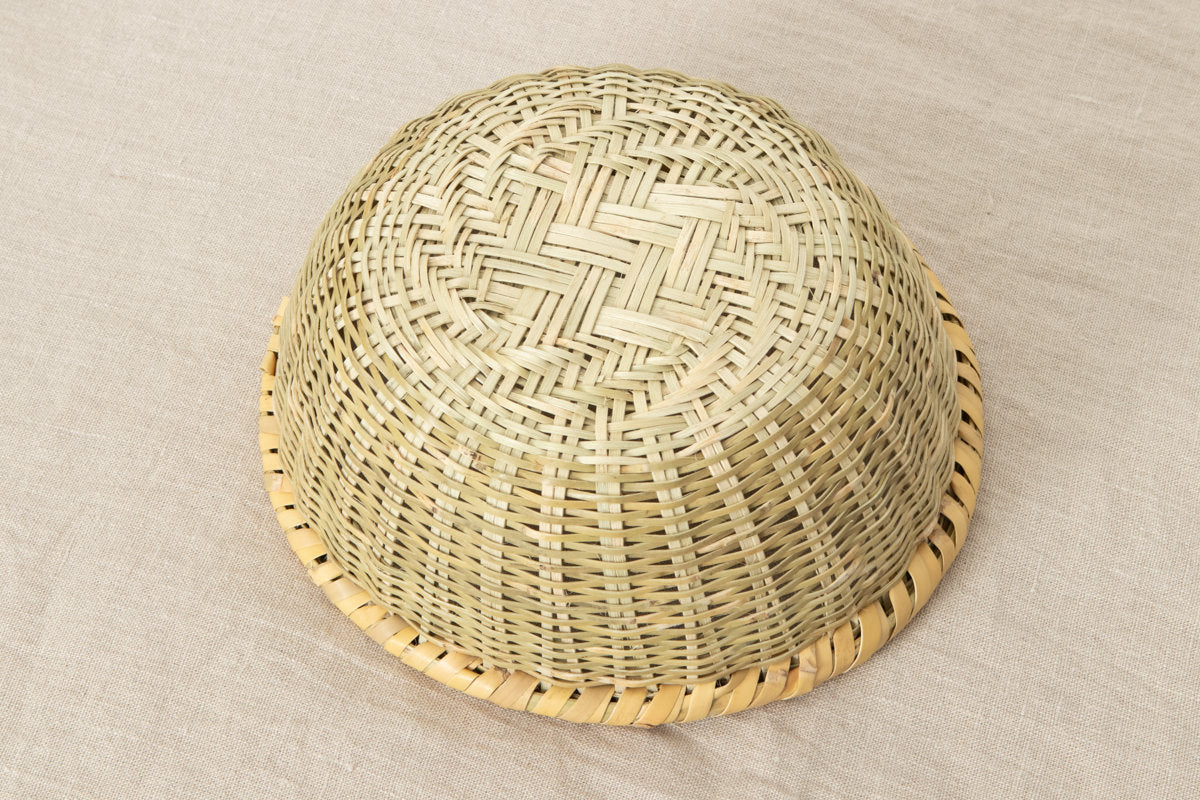
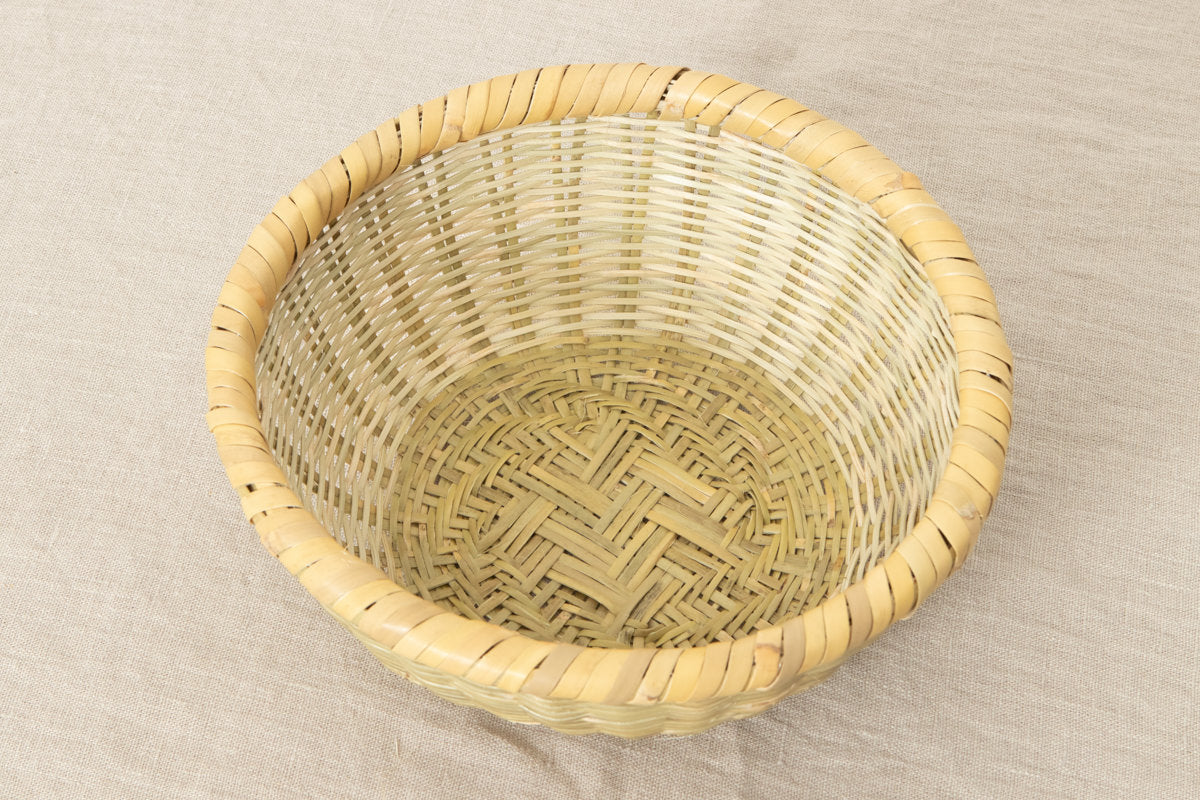
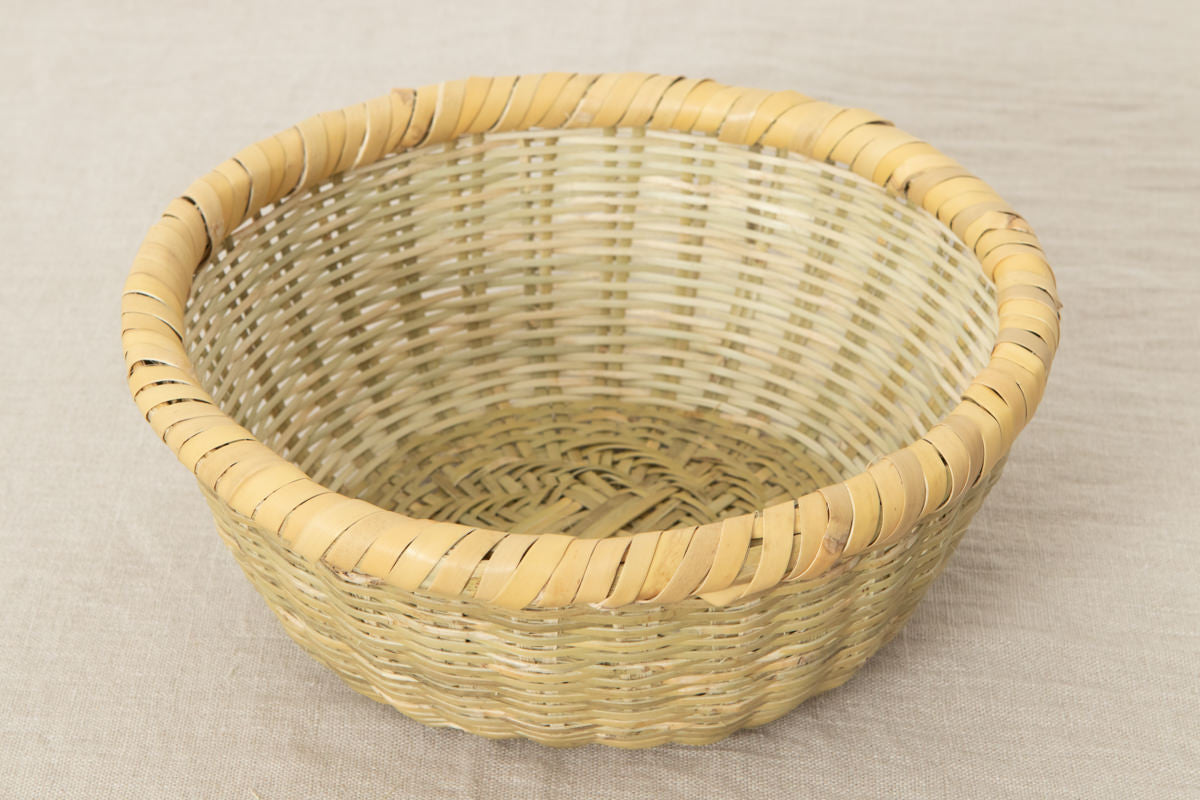
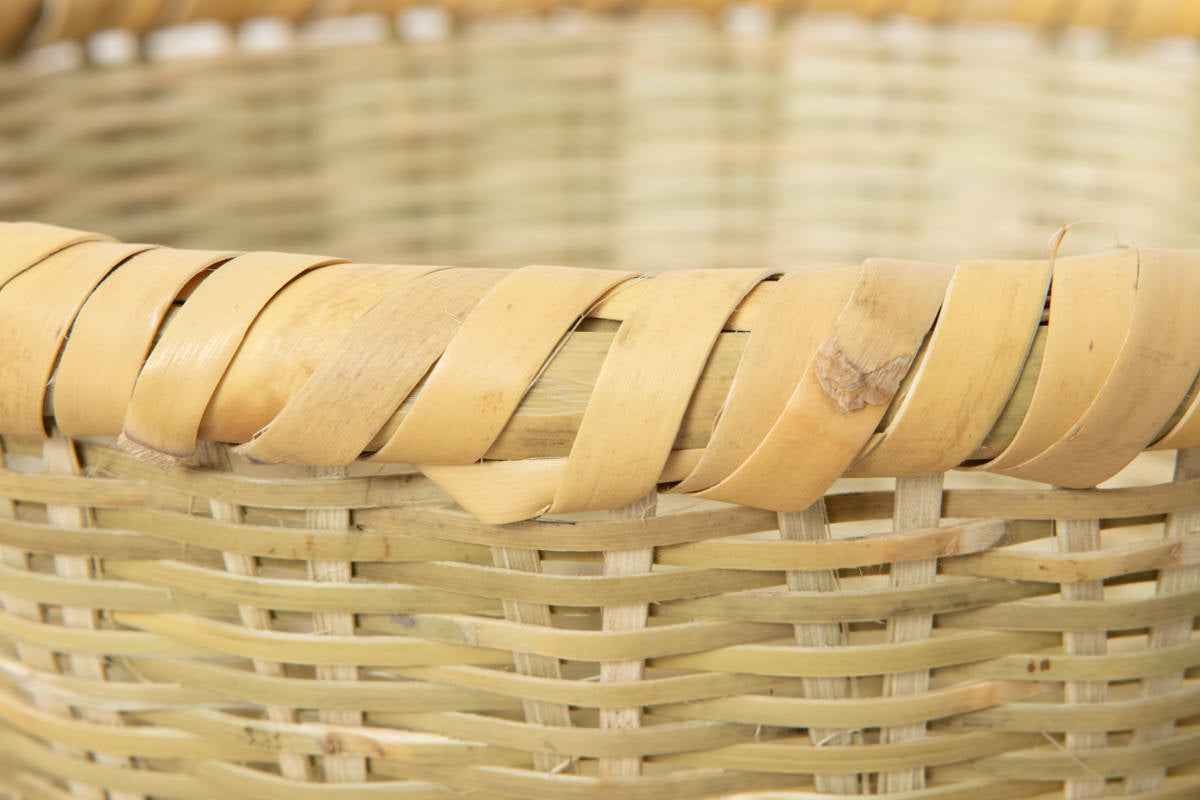
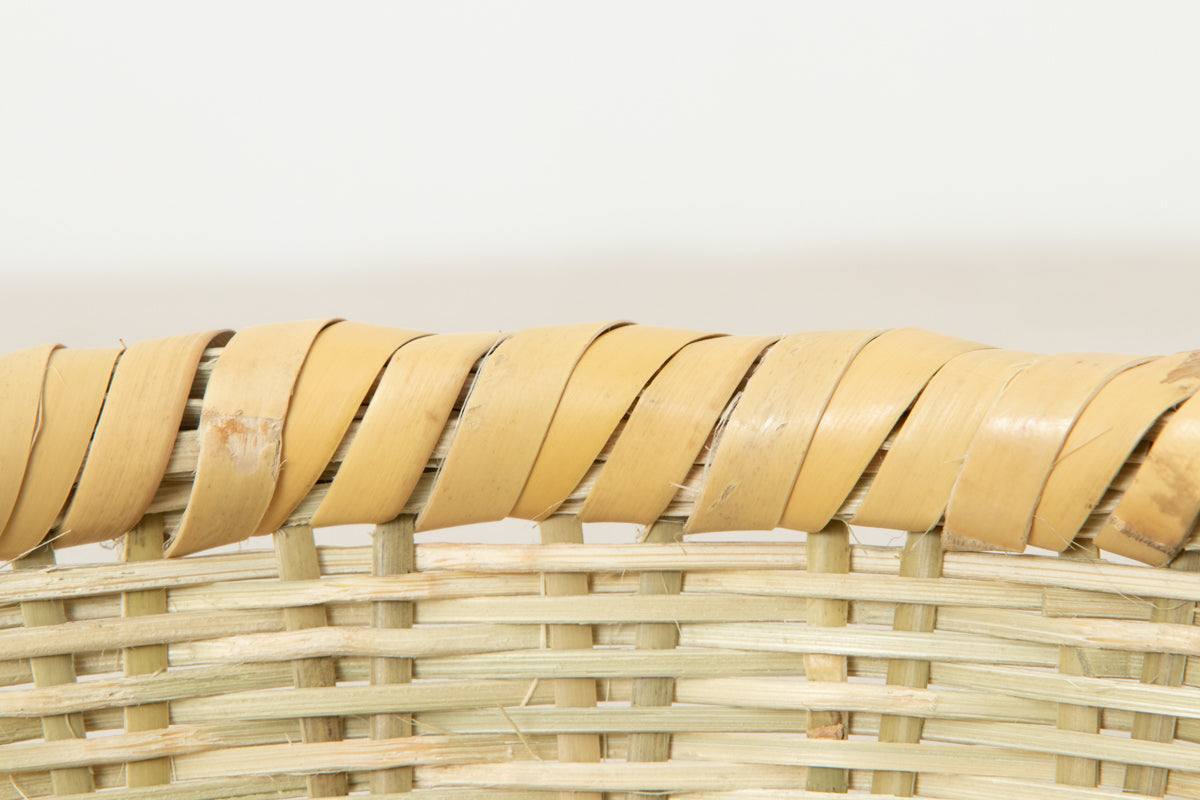
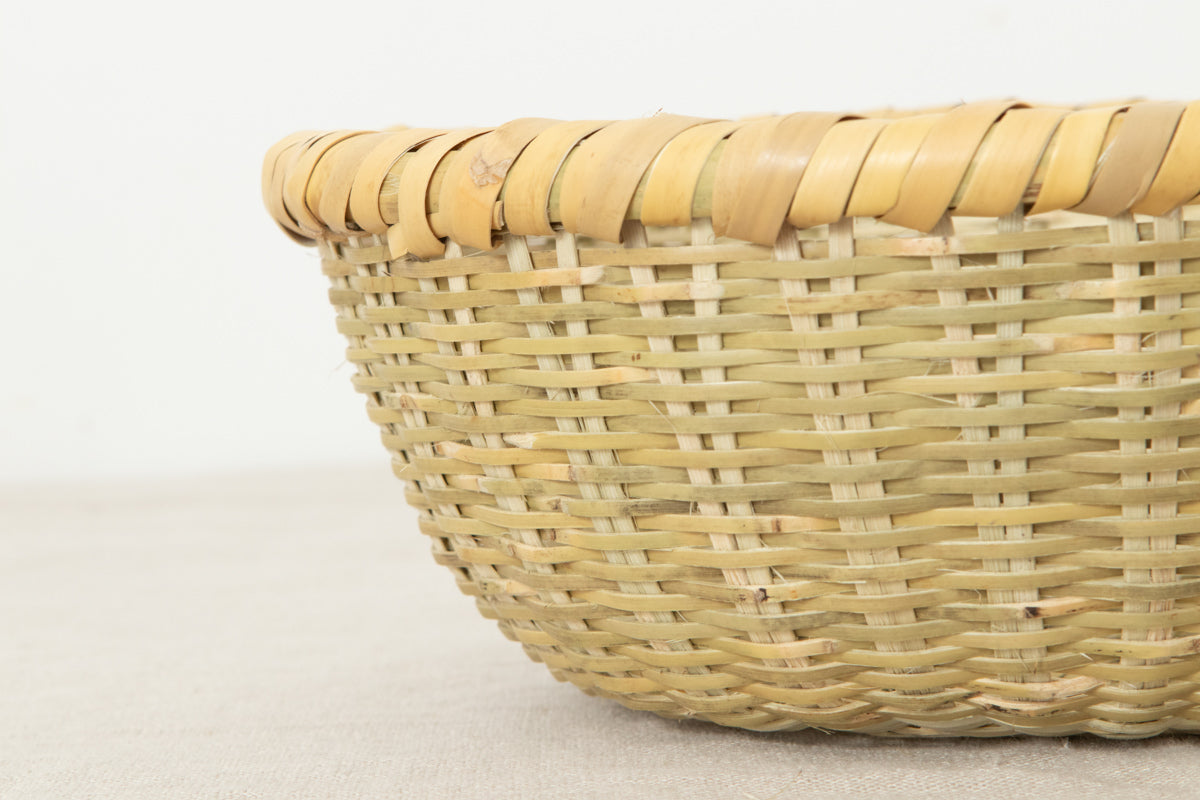
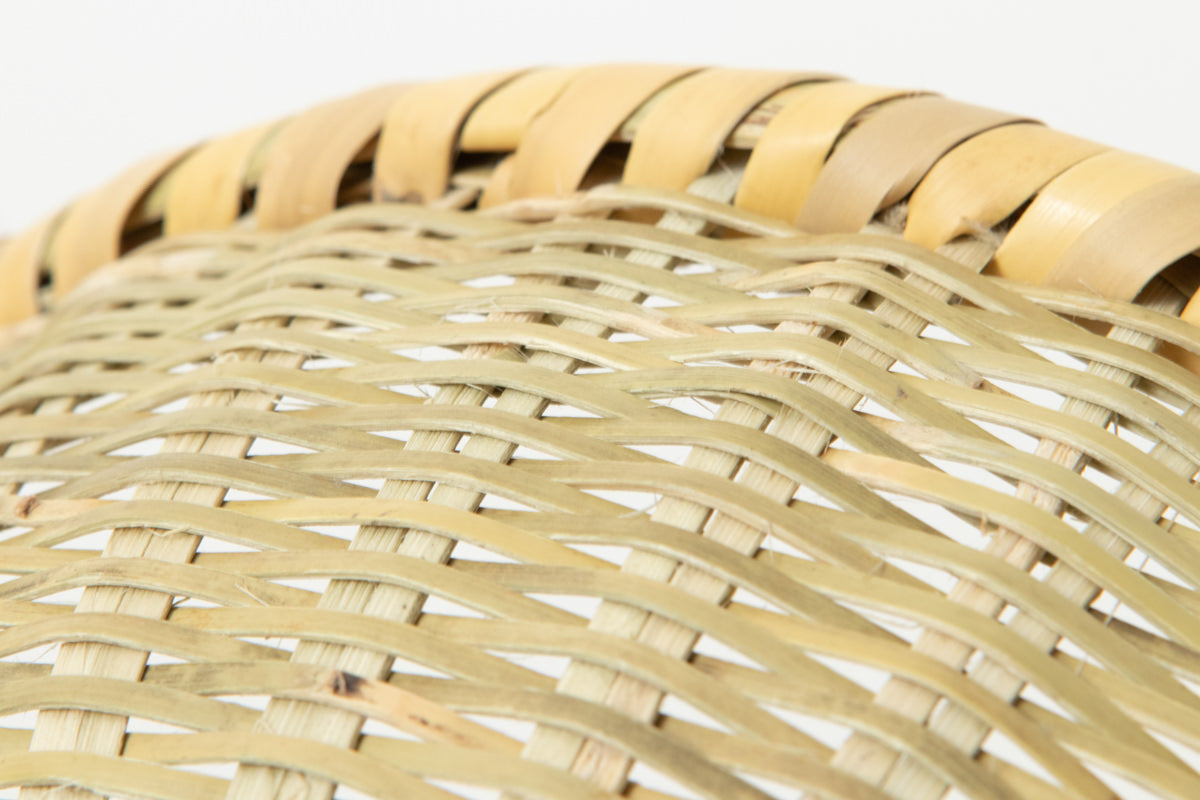
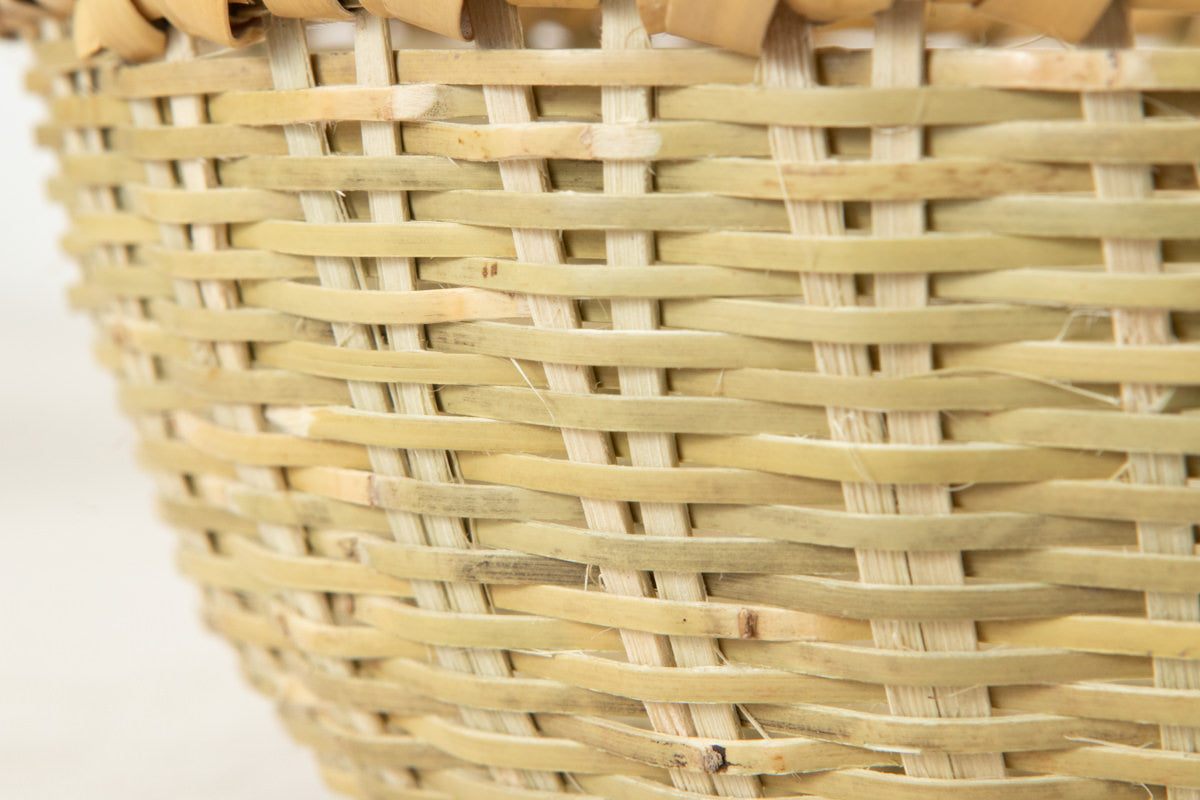
-
Note
The sizes shown above are the middle of the total quantity of items we receive, and are only a rough estimate.
Also, external dimensions are provided.
Some of them may be 2-3 cm (1inch) larger or smaller than the sizes indicated because they are handmade using natural materials.
If you have a specific place in mind where you would like to store the item, please order it with enough space to spare.
Also, the shape, texture, and color of each item will vary.
Please be aware of this before ordering. -
Caution
Please be careful not to damage your body or clothing with sprinters.
For all materials, please store in a well-ventilated place and avoid storing in cupboards, etc. as much as possible.
When storing, it is best to avoid direct sunlight and to place them in an elevated place where moisture does not accumulate.
If the product gets wet from rain or water, wipe it off with a dry cloth and dry it well in the shade or indoors in a well-ventilated location.
Regular brushing with a scrubber or brush is recommended to prevent dust accumulation.
-
Shipping
We deliver products worldwide. Shipping costs are automatically calculated according to your location and what you order.
We will ship with care and attention.You can see shipping policy here
-
How to care
These products are made from all-natural materials and if taken good care of they will last for dozens of years. Products made of natural materials also change beautifully over time.
Check "How to care" page here
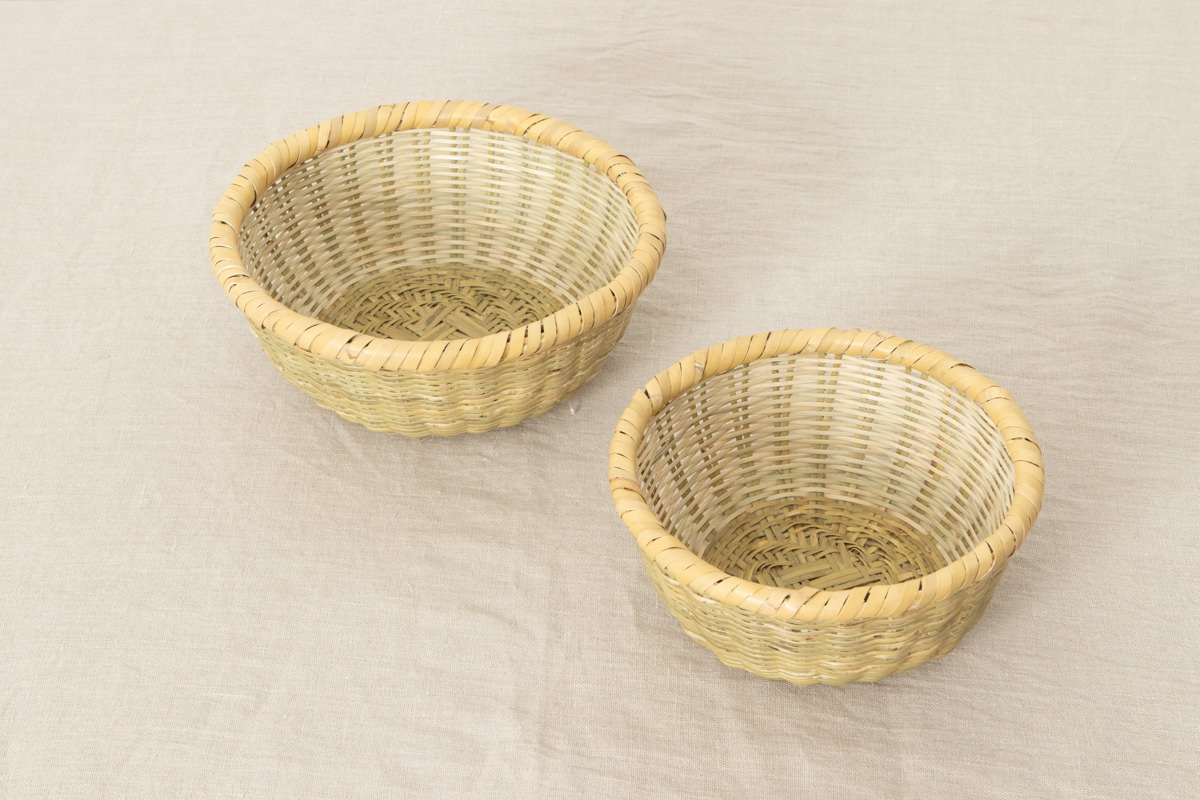
This is a deep colander made of Nemagari bamboo.
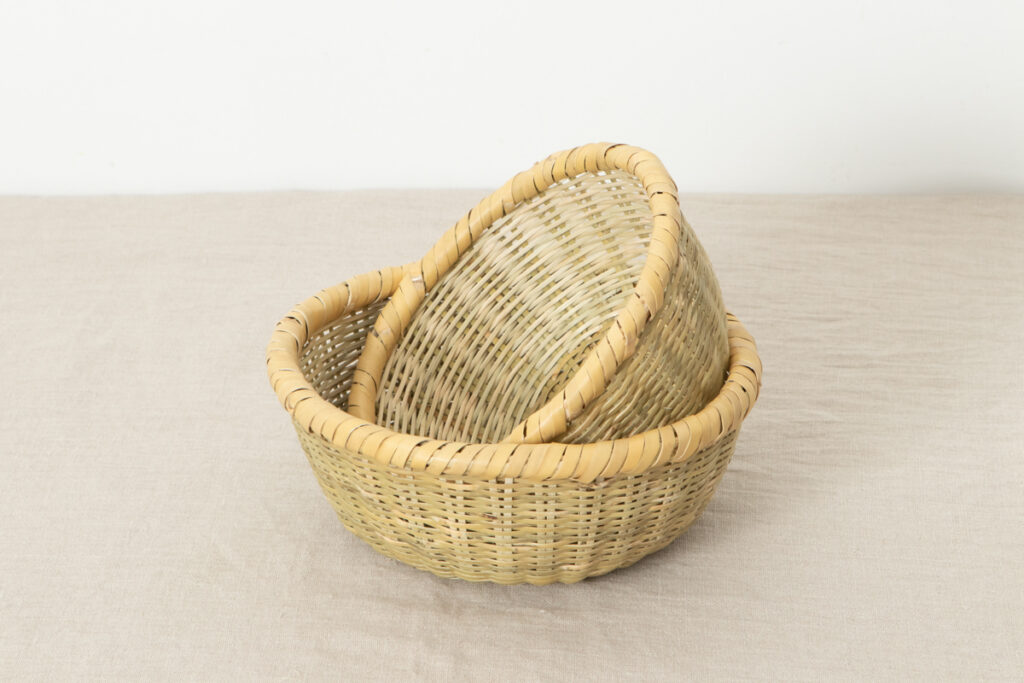
“Soba-Zaru” is famous in Nagano Prefecture, and this colander uses the same technique to create a deep colander.
It is easy to use around the sink and kitchen.
This page introduces two sizes of colanders, medium and large.
Bamboos of different ages are used for different parts of the basket, such as the first-year and second-year bamboo.
The quality (hardness, etc.) of the bamboo changes with the age of growth,
so the angle at which the strips are bent is taken into consideration
and the appropriate bamboo is used to weave this truly elaborate piece of work.

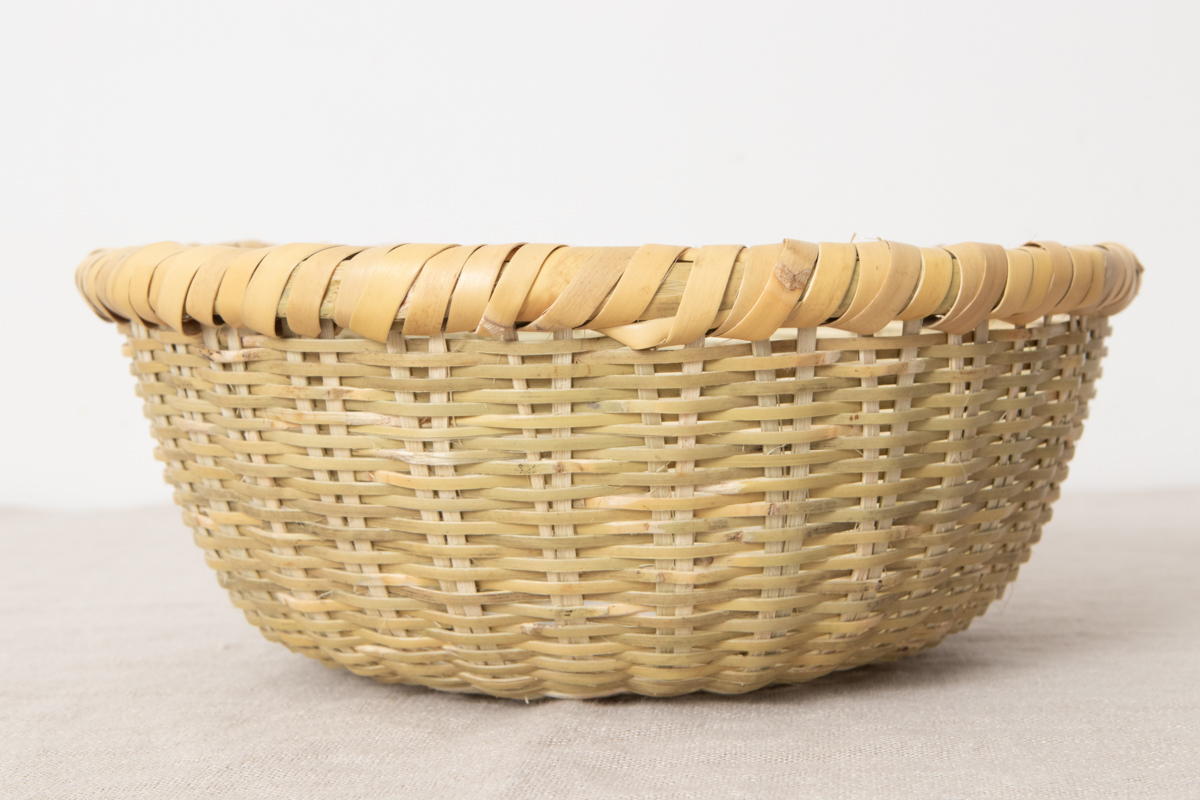

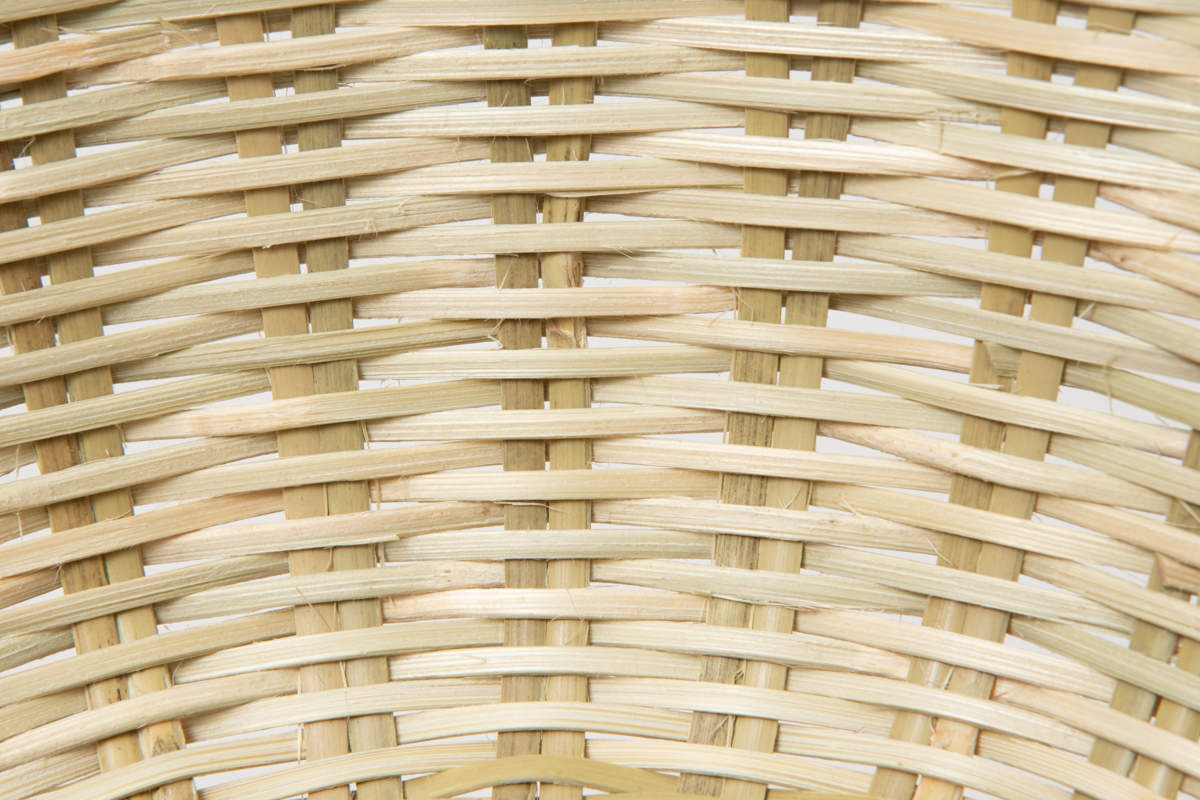
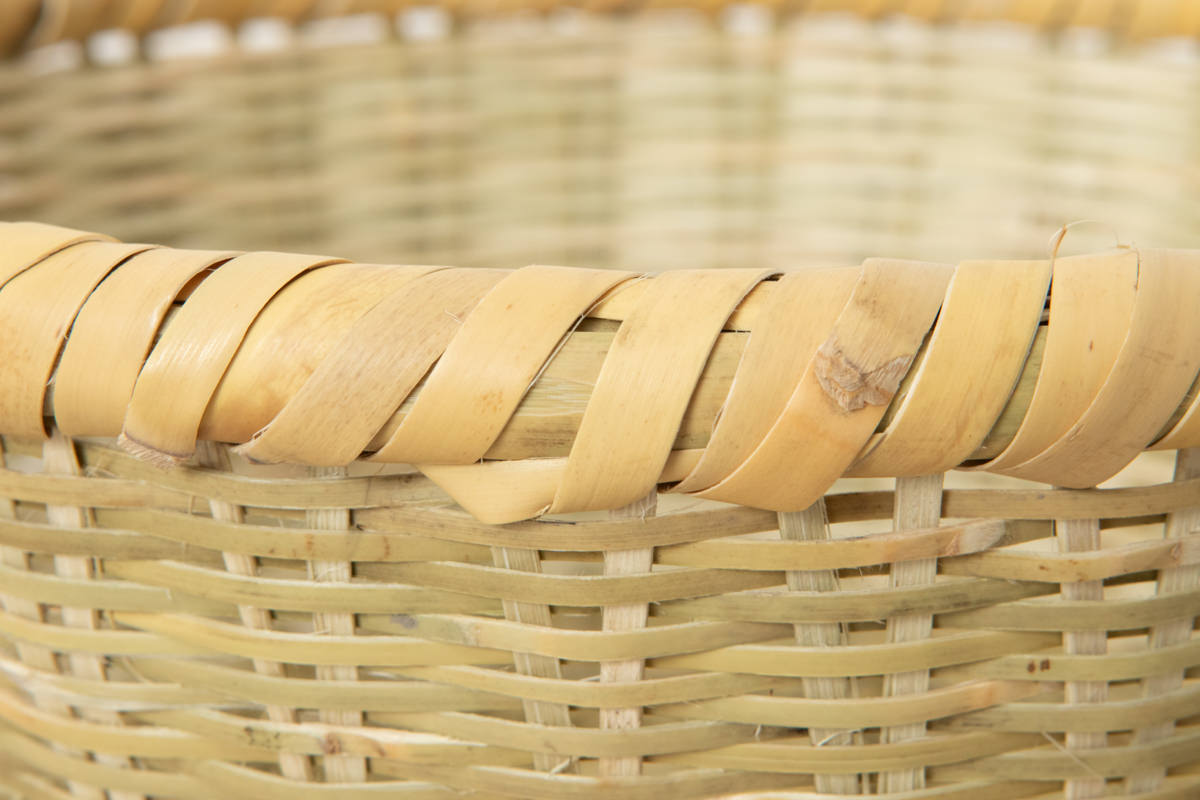
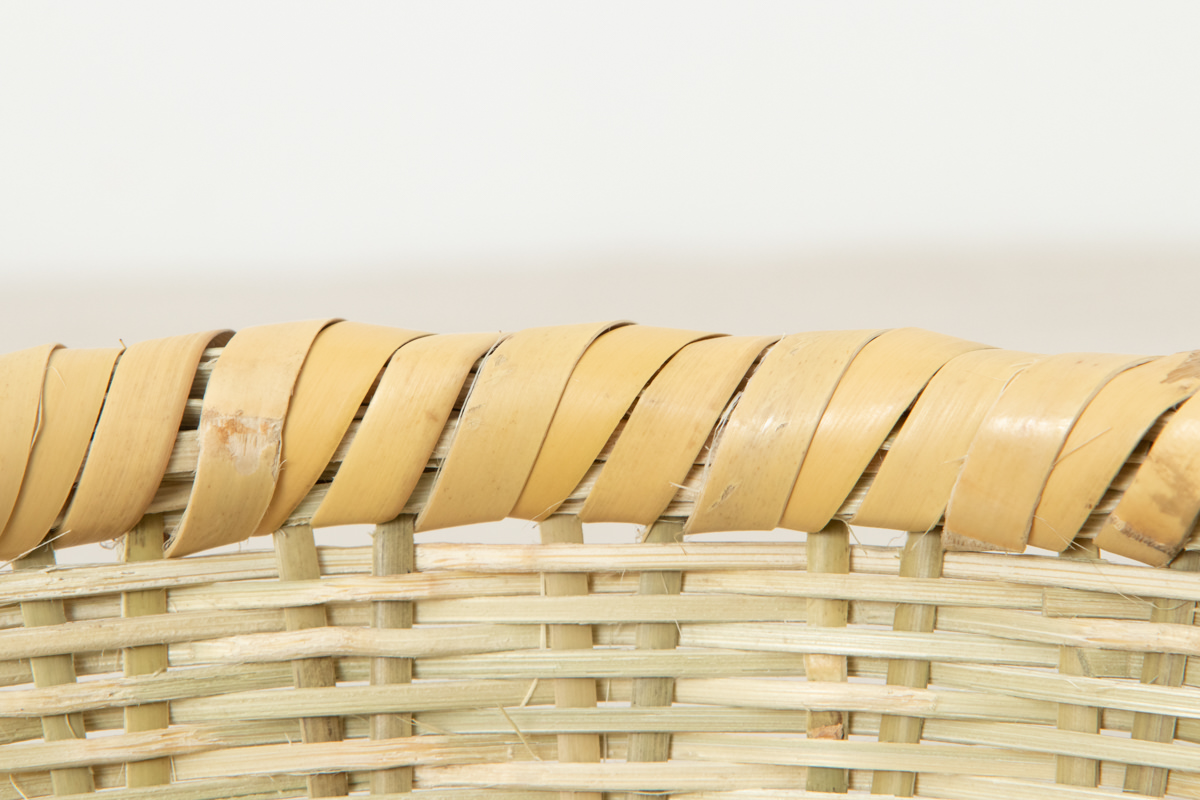
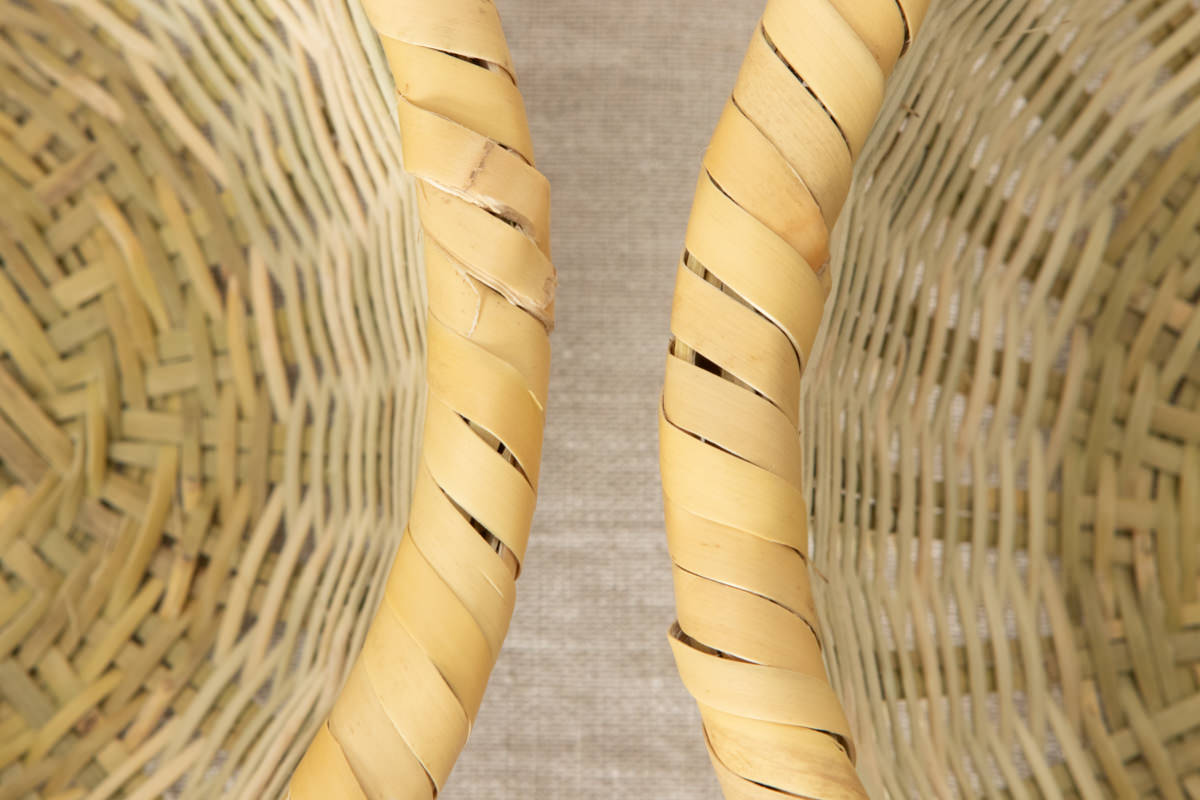
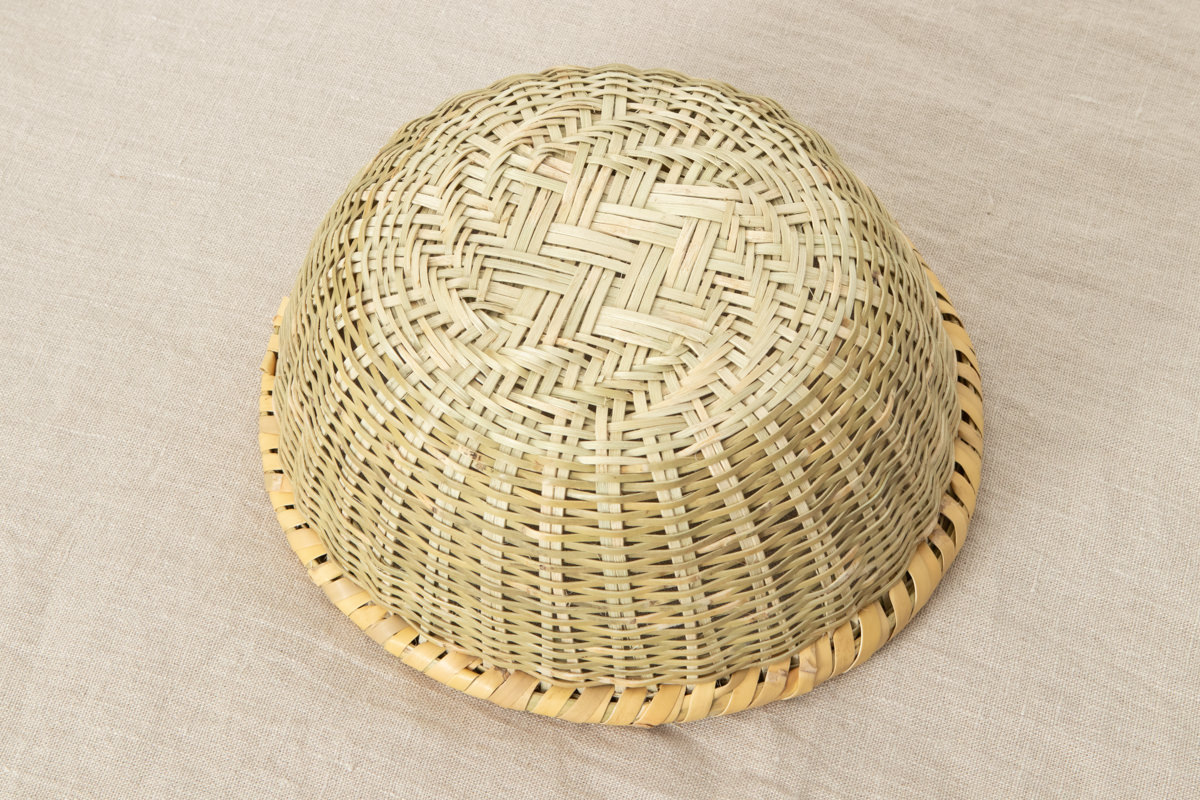
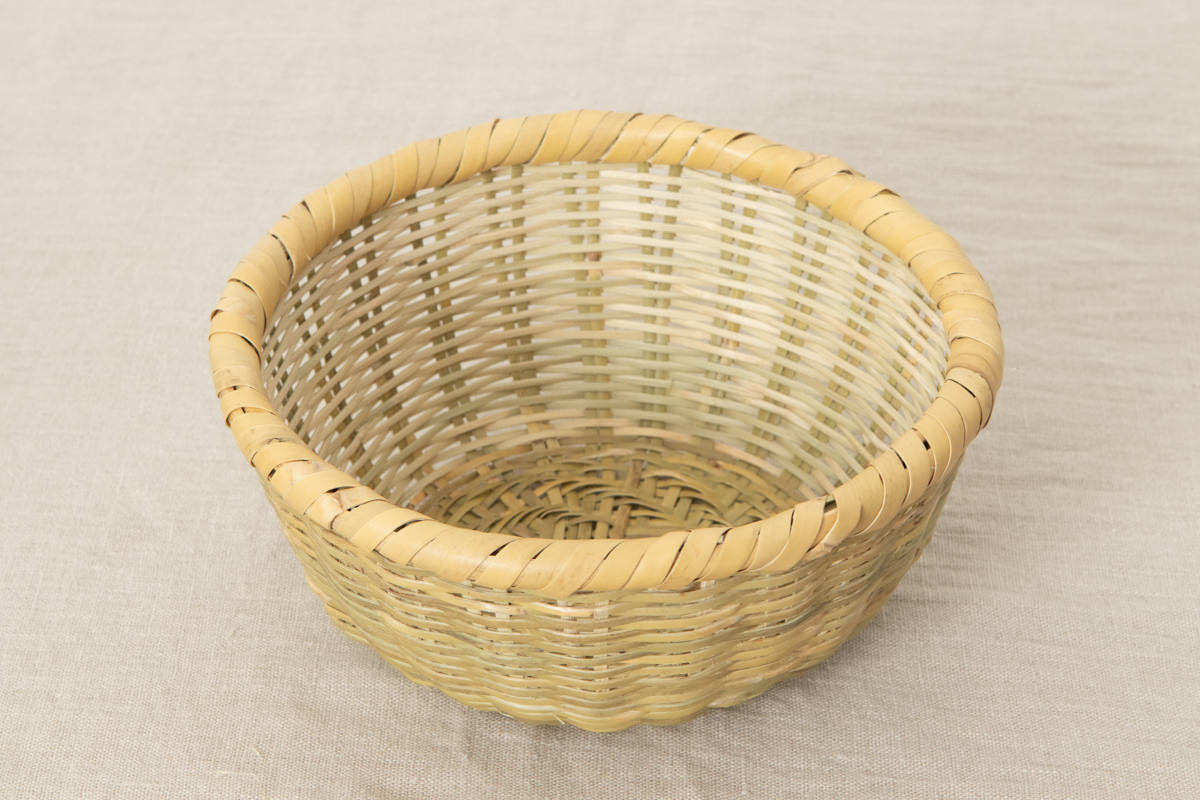
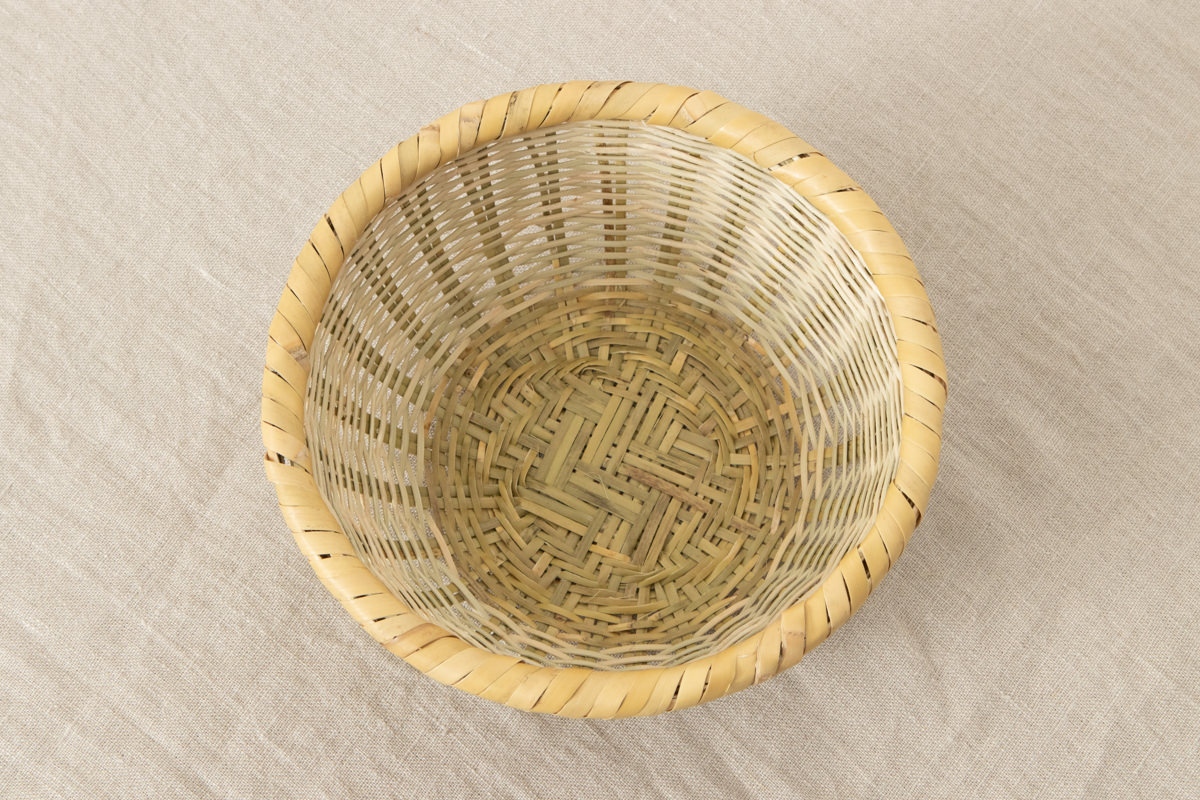
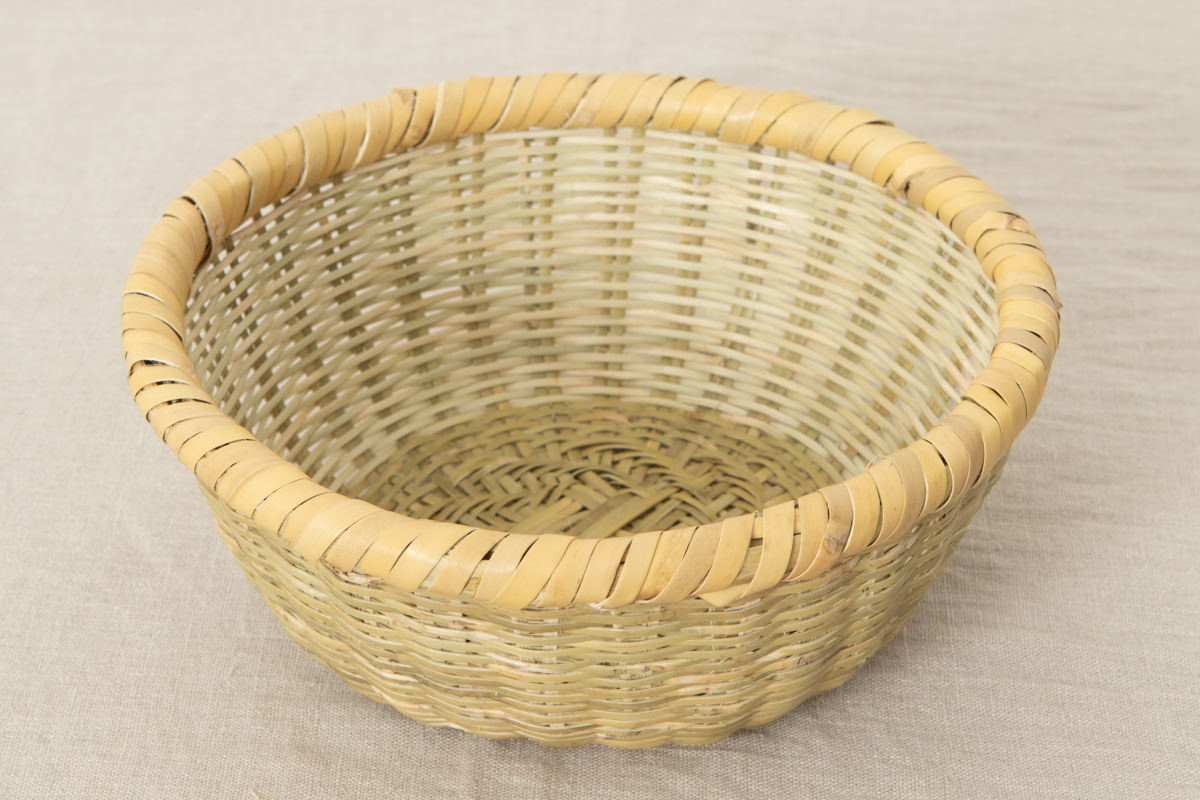
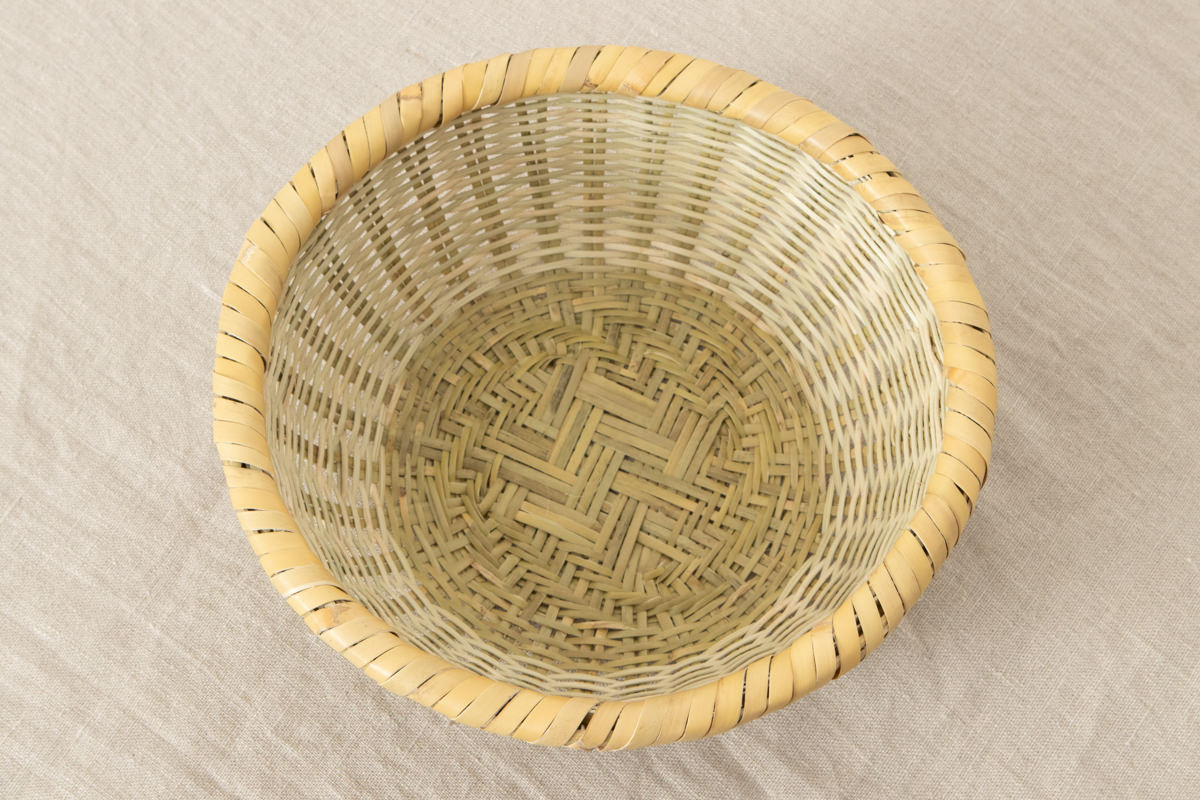
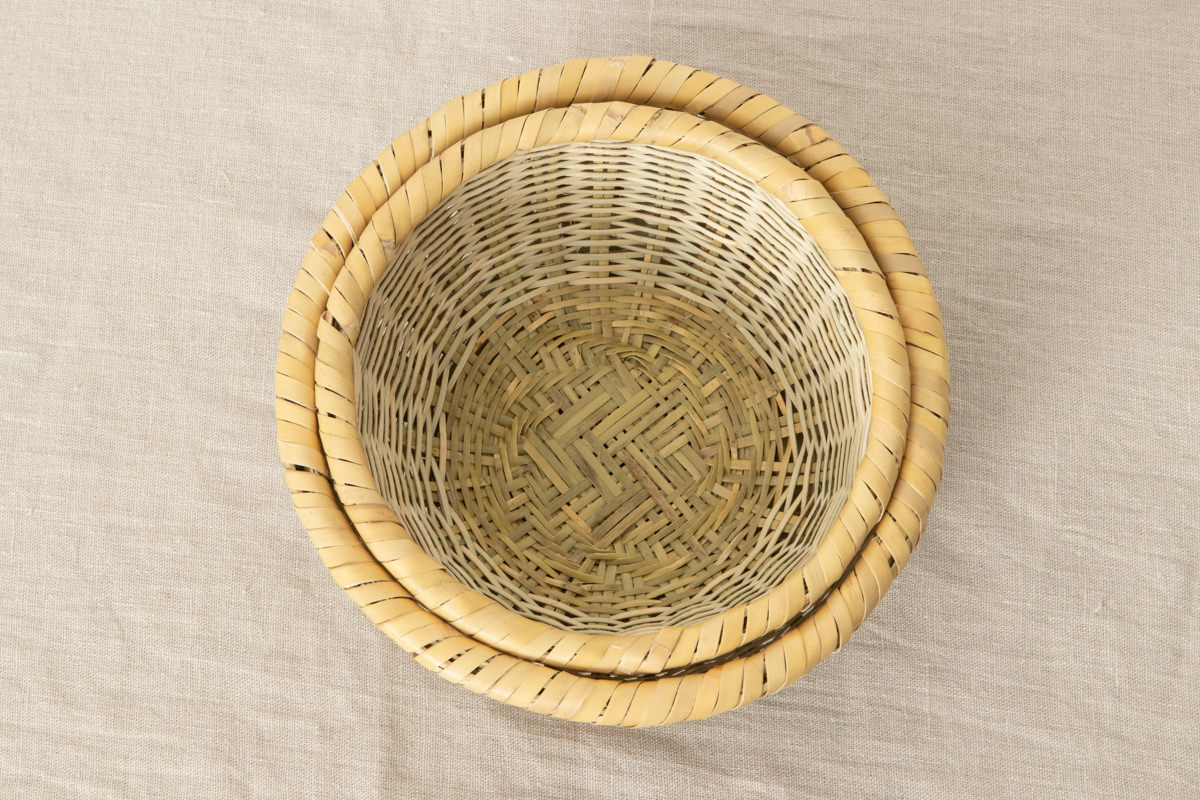
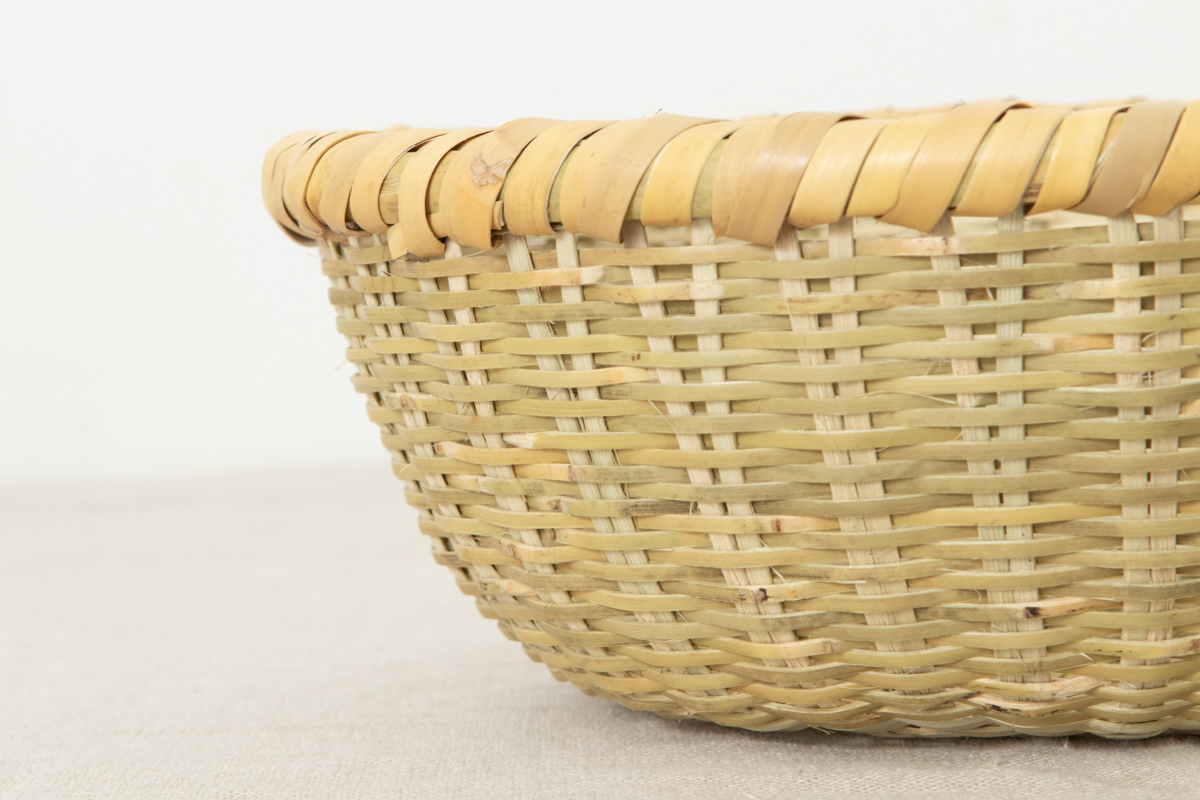



It can be used in the kitchen for draining water from noodles such as soba and udon,
draining water from vegetables, and boiling vegetables.
Or, it is recommended as a basket to hold fruits.
The sturdy Nemagari bamboo crafts are sure to be useful throughout your home.
Please check the sizes and choose the size you prefer.
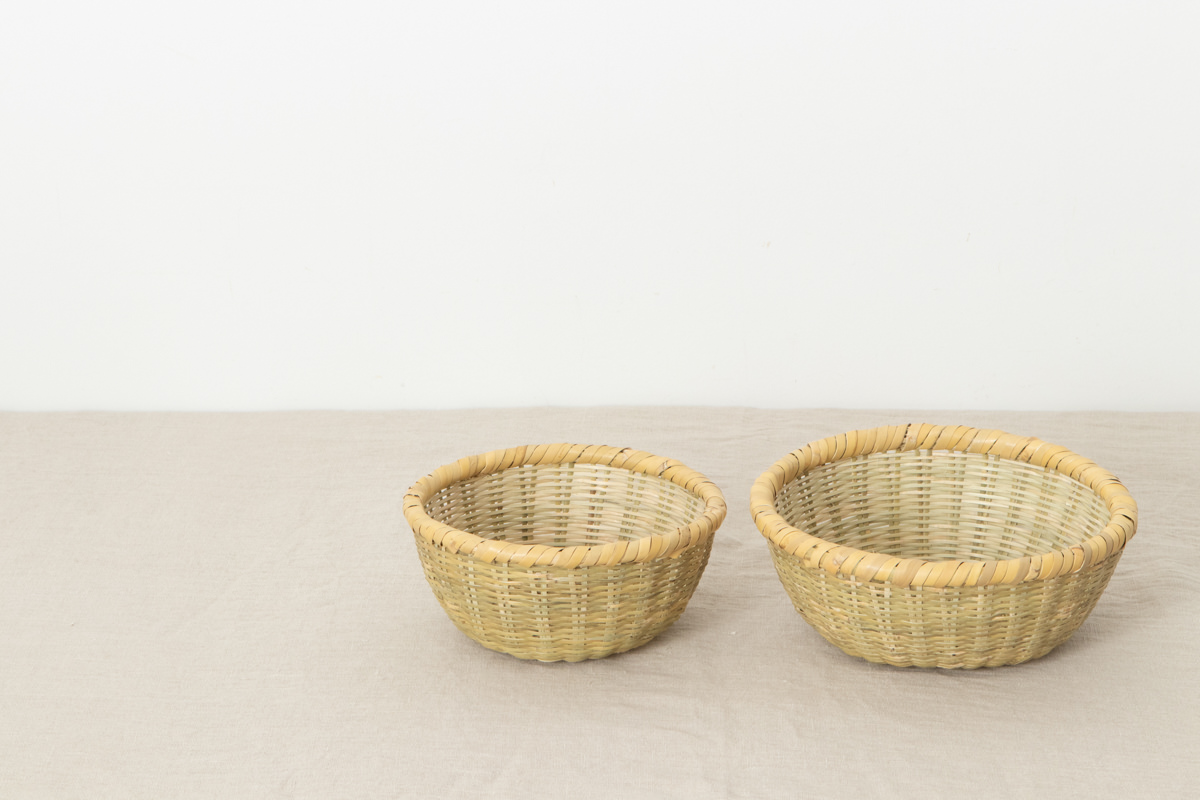
<Nemagari Bamboo Crafts in Togakushi, Nagano Prefecture>
Bamboo crafting began in the early Edo period (1603-1867) as a means of sustenance for the people of the Togakushi Chūsha area.
From the Meiji period to the mid-Showa period(mid-19th century to mid-20th century),
as the sericulture industry flourished,
the demand for silkworm baskets and other products increased.
In order to protect this important resource,
members of the bamboo craft production cooperative take turns acting as “bamboo shoot guard”
during the spring bamboo shoot season to prevent overharvesting by people who want to use for food.
The surface of the bamboo is polished and split into four pieces, and the skin and body are separated to make strips.
The four most common types of bamboo crafts are
-Colanders(plates),
-Mushroom / fish basket,
-Dish drying basket,
-Winnowing basket.
The beauty and durability of the finished product, as well as the warmth unique to Nemagari bamboo,
make it a practical item that is widely used by the Japanese people even today,
and the color of the product can be enjoyed as it changes over time.
